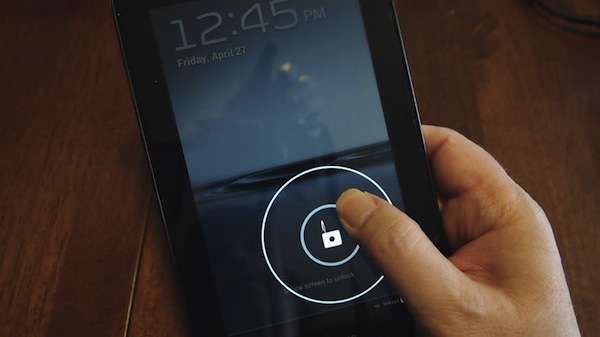
I really like reviewing products, but don’t have the time or patience to measure battery life or benchmark the CPU, etc. I'm more interested in how a product like Galaxy Tab 2 7.0 fits in the scheme of things. How it suits real people.
So far, I think this tablet has gotten an unfair shake among major media. But the reviews at shopping sites tell the real story. This is a nice little tablet. The price is right, too, and it comes with Android 4.0 (aka Ice Cream Sandwich).
A Real Delight
Inside the standard white, tight-fit Samsung cardboard box there are no surprises. You get the unit, a charging cable, and an AC adapter. No headphones. I prefer it that way, as I have a nice set of headphones, and I’d rather take the cost out of the unit. There’s a manual, but I imagine it’s a giant cut and paste of everything the lawyers made Samsung put in the box. Leave it in the box with the receipt from the store or Amazon.
I’ll get right to the bad news, probably the worst thing I can tell you about the Galaxy Tab 2 7.0. I don’t think other reviews mentioned this (see list later on). Samsung preloads the tablet with a lot of software. A LOT. And pre-loaded software, unlike a PC, can’t be deleted. It can only be disabled, which is simple to do. So when you open up the Storage section of the Settings you are going to discover the 8GB on the box translates to 4.5GB of free memory. Yep, 3.5GB is tied up by Samsung’s stuff, and there’s not really anything you can do about it.
So you need to understand that if you are going to carry this thing around and use it where there is no WiFi you’re going to have to pick up one of these, too, to expand the storage. So add $25 to the price of the unit to have a healthy amount of space to work when disconnected. If you are going to be in WiFi most of the time you’re in luck. You get 50GB of free Dropbox space for a year with this unit. Google Music allows you to load 20,000 songs that can be downloaded on demand.
Just be sure and turn the machine off and on every other week, and you’ll be fine.
Galaxy Tab 2 7.0 has a front VGA camera and a back 3-megapixel camera. The software shutter button has almost no lag at all, which is a big improvement over the Tab 8.9. Photo quality is good enough for web work but not astounding. Don’t buy this tablet to replace your camera (why would you anyway?) but it does a fine job at what I use Galaxy Tab cameras for, mostly for reference shots and copying things I’m too lazy to write down, or grabbing a business card on the go so I can impress the person handing me the business card by handing it back.
The camera also is great for catching moments when there’s nothing else to shoot with. It improves dramatically when the amount of light increases. The camera also has a lot of the standard Samsung perks, like the ability to take a panorama picture, which is great for getting the inside or outside of a business.
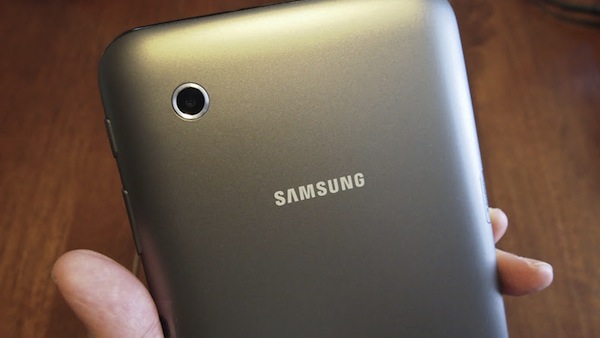
A Fine Heritage
Before I go on with the rest of the review, let me drag you through a brief history lesson. It's important context for Galaxy Tab 2 7.0's size.
The first tablet I can think of is the Newton. At the time it was awesome, but nobody could afford it, until it failed. That’s when I got mine. I had it about 3 days, then realized for the time being paper and pencil were safe. Pinnacle of tech between then and now was the Palm Pilot, which abandoned recognizing handwriting for teaching you a new way to write. The small size and the fact that it ran for a month on a pair of AA batteries made Palm Pilot great. If you were a hardcore user you eventually lost the ability to read your own handwriting.
But like the Newton, Palm Pilot primarily did one thing -- it was a day planner. It beeped when you were supposed to do something and put your Outlook calendar in your pocket.
Sometime in the past the mini-tablet leapt to the phone, and while Windows versions were excessively complicated and Palms were hopelessly underpowered that created the vacuum for the iPhone to emerge. It raised the bar.
Which leads to the iPad. The first words out of my mouth when I saw the iPad? "It’s too big" A wave of Steve Jobs' Jedi hand and use of the word "magical" and I bought one anyway. It was too big.
It really still is. Don’t get me wrong, iPad is a great lap tablet. When you're nestled in something that supports you to support it, it’s fine. When you have to tote, retrieve and work with it all day long, it gets unwieldy at times.
The Right Fit
Samsung decided to try to capitalize on this shortcoming and released a 7-inch tablet, the Galaxy Tab. It was the perfect size but had basic problems. It was too heavy, wasn’t that comfortable to hold and had iPad-style square edges. It had a version of Android prone to freeze ups, and when the Gallery app went South you just couldn’t fix it with a reset or anything. At least that’s how it went for me.
Still Galaxy Tab was the right size. Fortunately Samsung didn’t give up and today we have the Galaxy Tab 2 7.0. Let’s hit the high points. The curved plastic back solves two problems: The device feels better in your hand, and it’s lighter.
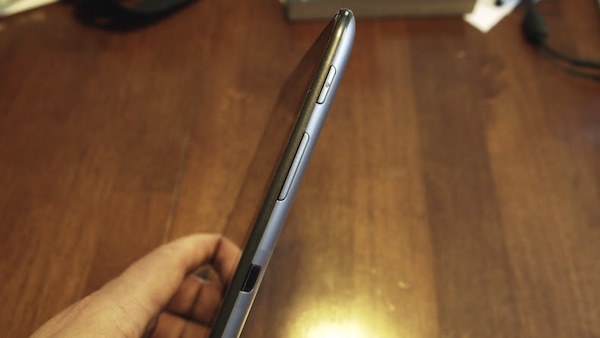
Some people have problems with the plastic back but let me tell you, build quality on this unit is nice. The back feels solid and the switches and buttons, too. This unit is built to last. Given the volatile nature of technology, this tablet will outlast its relevance and will be handed down (rather than thrown away) to make way for newer tech.
Ample Resolution
The screen is the same resolution as previous 7-inch GTs, WSVGA (1024 x 600), and that is plenty for much of what you would use a book-sized tablet for. It’s okay for reading a book. Okay to use as a day planner. Okay to watch a movie or TV show. Irrelevant when listening to music. Honestly, no tablet needs to be super high-resolution for one obvious reason: your fingers can only be so small. At some point if the resolution is high enough you can’t tap something with any certainty. I experienced that first hand with the new iPad when I had a heck of time tapping between specific letters.
The color fidelity of the screen is good and because it’s 7-inches with WSVGA, it has a good apparent resolution. It’s not pixel invisible like the “resolutionary” new iPad but it’s very close to the 100DPI limit the eye can perceive and you are not trying to schlep 3.1 megapixels when you just want to see the next headline on Feedly.
It only took a few seconds with the store demo unit to realize the screen was going to be fine for everyday use.
Now about speed. I never had or used a Galaxy Tab 7 Plus, which is supposedly faster but I did have a Galaxy Tab 8.9, and this feels much faster than it. The page flips in the launcher are fast and my true speed test worked just fine. I load Autodesk Sketch Plus and draw a long continous swirl as fast as I can. If the screen tracks and there are no skips in the line - it passes. The Tab 2 handled my speed test just fine. All of the apps I loaded performed better than on the 8.9 and no real noticeable lag even with a Bluetooth keyboard.
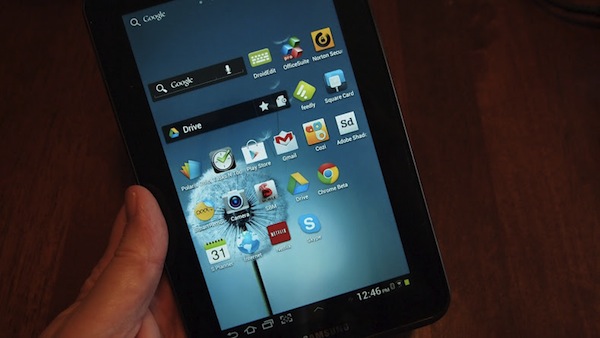
Ice Cream Sandwich
It’s hard to review a device that has an OS without talking a bit about the OS.
This, I believe, is the first Samsung to ship with Ice Cream Sandwich. Ice Cream Sandwich, which is different than Honeycomb (Android 3.x) but I don’t care what the OS technically is, I care about what it does. It still has soft buttons at the bottom of the screen, instead of hardware buttons and overall seems to run faster.
The first Galaxy Tab I owned ran Froyo (Android 2.20, which was pre-Gingerbread (Android 2.3). It was only two years ago but seems like the Stone Age. For the most part the apps back then were mostly Java-based layouts, and while they would capture the data the UI was kind of Fisher Price My First Tablet looking. Add that apps crashed a lot, and it was a labor of love to like the unit, especially with the ridiculous overly ambitious 3-D wall Gallery app that choked on your Picasa photos (by the way I do not recommend syncing your photos to your tablet; use the Dropbox autoupload instead). Most apps made your Galaxy Tab 1 look like a big freaking phone.
Fast forward to the Tab 2 7.0 and you have a very different experience. There are lots of newer apps with a much nicer interface and are more intuitive to use. They look better on the screen (Samsung has installed a Helv Neue font on this device) and there is no apparent performance penalty. I don’t know if this is because apps are more HTML 5 and less Java these days or not but regardless you’ll have a much better experience using this and other ICS device(s).
One minor annoyance, and I don’t know if this is ICS or Samsung’s Launcher, you can only use a subset of the screen for icons and widgets in the Launcher, which is a square portion of the screen that is the same portrait or landscape. In portrait mode there are two fairly large pieces of unused screen above and below your widgets and icons -- mildly annoying to me because I like to try to jam everything on the main screen (yep OCD). Because the Launcher is so fast on the Tab 2, and I want to preserve as much space as possible on the primary SD, I initially didn't load Go Launcher EX. When I did, it was slower than TouchWiz -- uninstalled.
Probably the ICS nicest perk: You can download and install Chrome for Android beta from Google Play store. This gives you the ability to sync your bookmarks in the background as well as have your open tabs move. Along with Google Drive, this makes any Android tablet a much better work device.
I need to point out the difference between Android and iOS as well.
You can write an application on your PC or Mac and install it on your Android device and run it. No developer fees. You can copy over a ton of material to a MicroSD card and load it into your device and watch, listen or read it. You don’t have to cloud it anywhere. It just goes straight from your PC to your Tablet. No trips to Cupertino, Calif. to get to Collinsville, MS.
That’s a big deal.
I can’t tell you how good a 3-D gamer machine this I don’t play them. I suspect it’s not the Droid you want in that department.
The Price is Right
So let’s talk about the most important feature of this unit. It’s the price. $249 USD. That’s really a deal. Subtract the $99 worth of Dropbox you are getting for free (which takes the sting out of the 4.5GB thing I opened with) and it’s actually less than the Kindle Fire ($199 USD). Let’s break that price down a bit.
The Tab 2 costs:
- 60 Big Macs
- 35 high-end domestic beer 6 packs
- 1.5 college textbooks
The new (too big) iPad -- that's the $499 one -- costs:
- 118 Big Macs
- 3 college textbooks
So it only takes 2 months of Ramen to pay for your Galaxy Tab 2 7.0.
This price point and the feature set make this, IMHO, the perfect wired campus companion. It’s also the perfect tablet for the person who goes home to a WiFi’d house from an open or guest WiFi’d workplace. It’s a great coffeshop device, too. It’s a good tool to get your life organized. Those are things that really appeal to me about this unit.
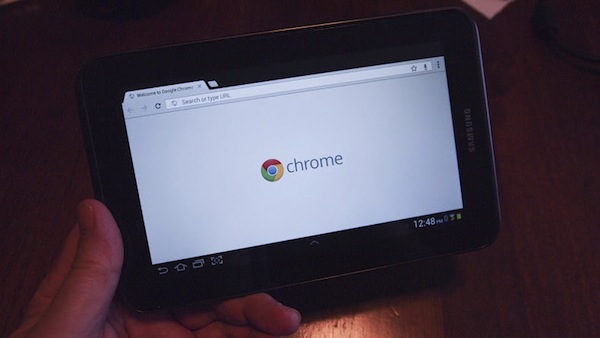
When the Kindle Fire came out at $199 price point, I was ecstatic -- finally a device that was affordable to lot more people. It only took reading the specs a few minutes to realize this was a shopping cart that played movies, books, music and selected games. It was a closed environment that required being in the Amazon App store to market to. It was the Apple model all over again.
Now with the Galaxy Tab, we have a device at a price point that is a smidge higher but with a lot more potential. It’s more open. If this is not the device that kills the textbook, then its next iteration will. This is what we need for education, and education is what we need to make the world a better place (steps down from his soapbox).
Closing Thoughts
Galaxy Tab 2 7.0's smaller size means littler hands can type on it easily in portrait mode. It’s light enough and comfortable enough to hold for a while. The applications available are good enough to manage your life, and even start an Internet business with (with the occasional help of a borrowed desktop). With Chrome and Google Drive installed, your stuff moves with you making anywhere you can get to Chrome -- desktop, laptop, Chromebook; Windows, OS X, Chrome OS.
You could easily create a USB flash drive Linux computer, install Chrome and carry everything with you in a sandwich bag. As an aspiring minimalist that has big appeal.
There are apps that allow you to create documents (you can even pair a Bluetooth keyboard), and you can code on it with an app like Droid Edit. You can remote into Windows and OSX machines with an app like PocketCloud if you needed to.
So when you first look at the storage and see you are down 3.5GBs out of the gate, you quickly get over the heartburn as you use the unit and see it still has plenty of room for more stuff. The performance of the unit is solid and it feels good in the hands. With moderate use I get two days between charges (see the other reviews for actual test).
Spot checking Amazon reviews, it gets 4 stars and many buyers echo my sentiments. The pros don't necessarily agree. Some of their reviews:
Among these five reviews, you can find your deep geek questions answered in full. In the interest of full disclosure I read most of them before buying my Galaxy Tab 2 7.0.
I don’t think you’ll be disappointed with this device and, yes, someone will announce a new and better tablet 2 weeks after you buy this one. Don’t let that stop you. Galaxy Tab 2 7.0 will be quite useful for a very long time.
Photo Credits: Clay Hamilton
 Clay Hamilton is a web producer, educator and writer.
Clay Hamilton is a web producer, educator and writer.



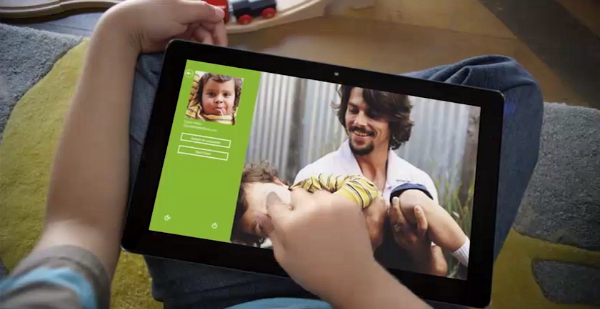


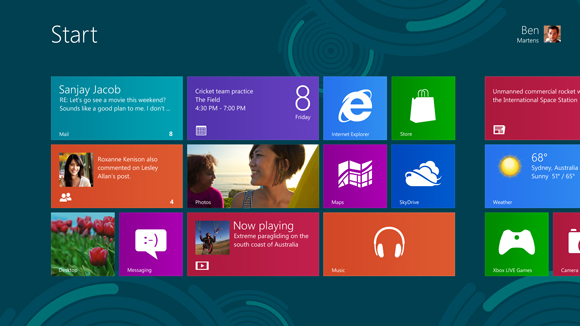
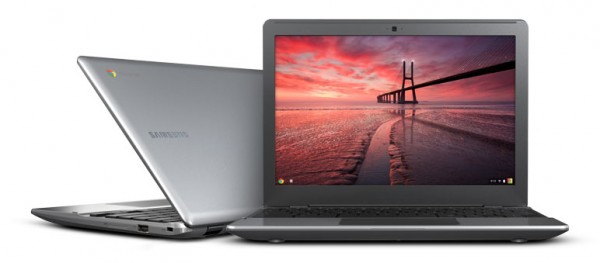

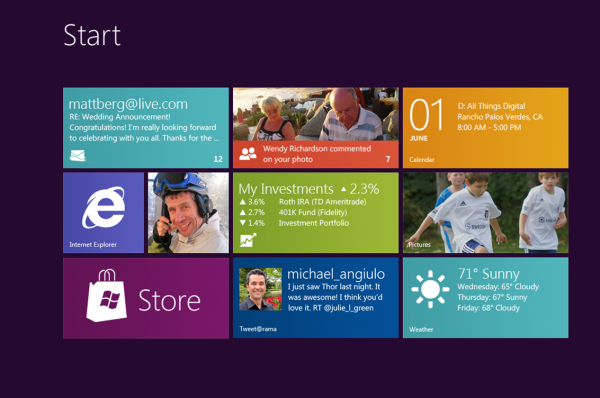
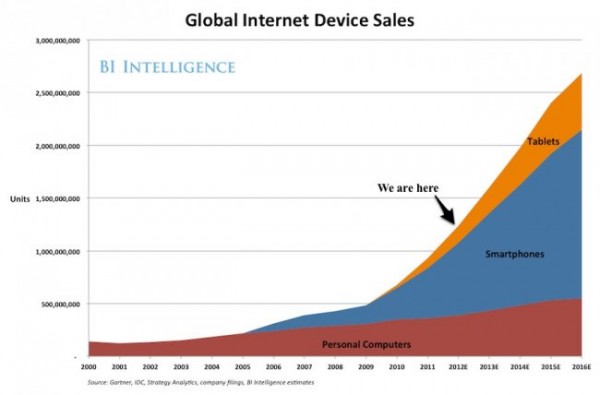

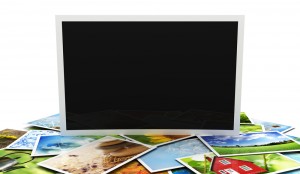 There they sit: a large group of photos you need to process for one reason or another. Perhaps you simply want to rename them to something more descriptive than the choice made by your digital camera. Perhaps they need resizing to share with someone else. Whatever the reason, wading through that little lot by hand is going to take you some time.
There they sit: a large group of photos you need to process for one reason or another. Perhaps you simply want to rename them to something more descriptive than the choice made by your digital camera. Perhaps they need resizing to share with someone else. Whatever the reason, wading through that little lot by hand is going to take you some time.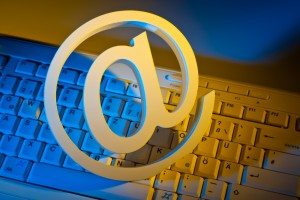 The need to prioritize emails is an idea that has been around for some time, starting with spam filtering that aimed to reduce the amount of junk reaching your inbox. Google and other email providers have made further advances by highlighting emails believed to be more important than others you receive based on content, sender and previous correspondence.
The need to prioritize emails is an idea that has been around for some time, starting with spam filtering that aimed to reduce the amount of junk reaching your inbox. Google and other email providers have made further advances by highlighting emails believed to be more important than others you receive based on content, sender and previous correspondence. 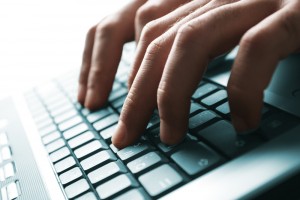 The standard Windows screen capture tools have always been a little on the basic side, so if the PrtSc key doesn’t satisfy your needs then you’ve probably looked into extending it with a third-party alternative.
The standard Windows screen capture tools have always been a little on the basic side, so if the PrtSc key doesn’t satisfy your needs then you’ve probably looked into extending it with a third-party alternative.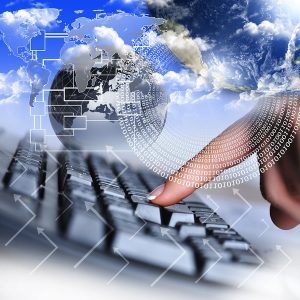 Think what you want about Larry Ellison personally, but Oracle's bombastic CEO is never one to be shown up. That's why when he took the the stage at the D: All Things Digital conference near Los Angeles Wednesday night, he had an announcement to make: his company is wholeheartedly embracing the cloud.
Think what you want about Larry Ellison personally, but Oracle's bombastic CEO is never one to be shown up. That's why when he took the the stage at the D: All Things Digital conference near Los Angeles Wednesday night, he had an announcement to make: his company is wholeheartedly embracing the cloud.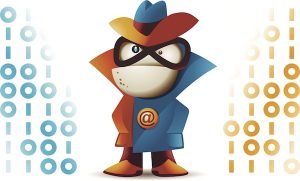 If you feel you’d like to be a little more anonymous online then installing a free VPN client is generally a good place to start. But there’s a snag: even though the VPN service know you’re concerned about your internet privacy, they’ll often still ask you to create an account, provide your email address and maybe other details, too.
If you feel you’d like to be a little more anonymous online then installing a free VPN client is generally a good place to start. But there’s a snag: even though the VPN service know you’re concerned about your internet privacy, they’ll often still ask you to create an account, provide your email address and maybe other details, too. Microsoft is making a play for the lucrative government sector, releasing
Microsoft is making a play for the lucrative government sector, releasing 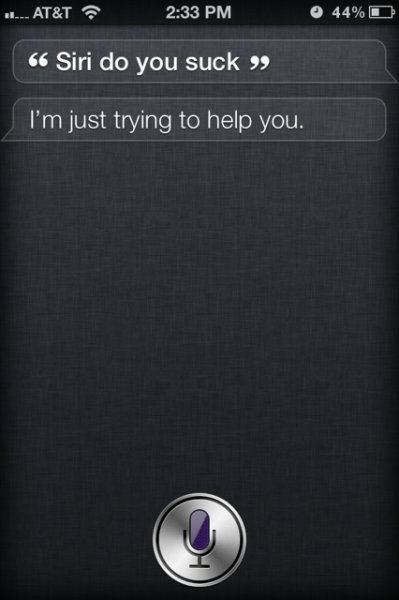 Yesterday, during the annual D conference, Apple CEO Tim Cook said that the company is "
Yesterday, during the annual D conference, Apple CEO Tim Cook said that the company is "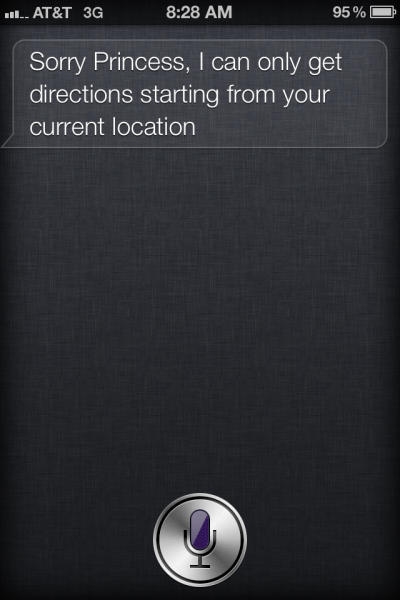 Voice is Your Bond
Voice is Your Bond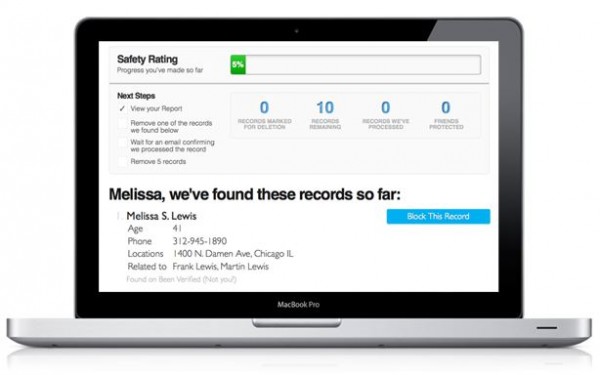
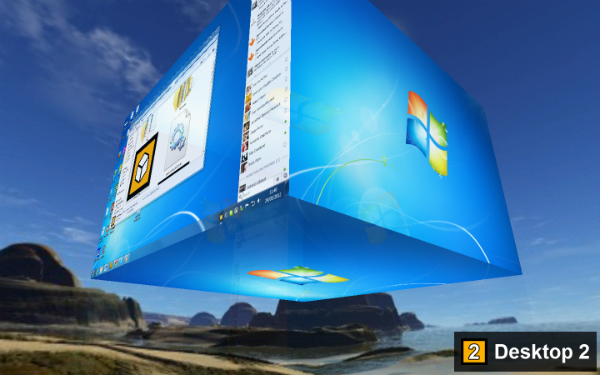
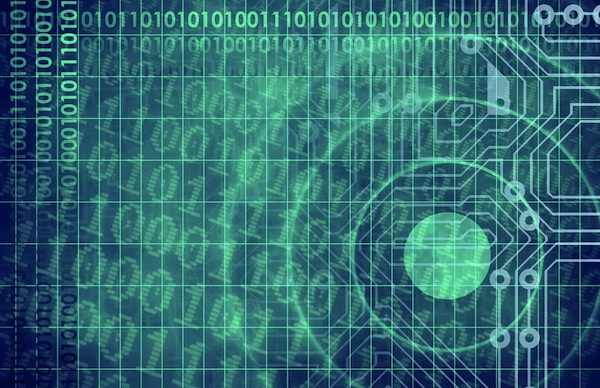
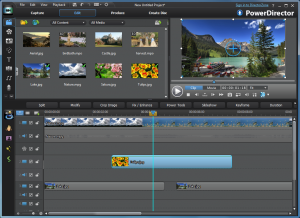 Taipei, Taiwan-based CyberLink has issued updates for its flagship media viewing and editing products, including
Taipei, Taiwan-based CyberLink has issued updates for its flagship media viewing and editing products, including 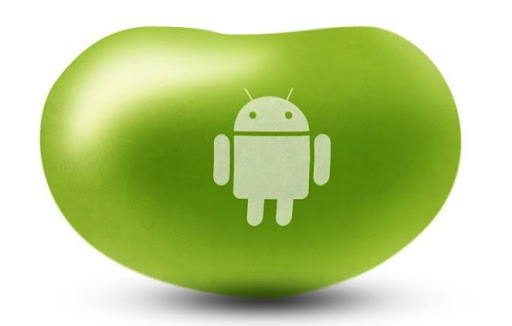
 NirSoft has released
NirSoft has released 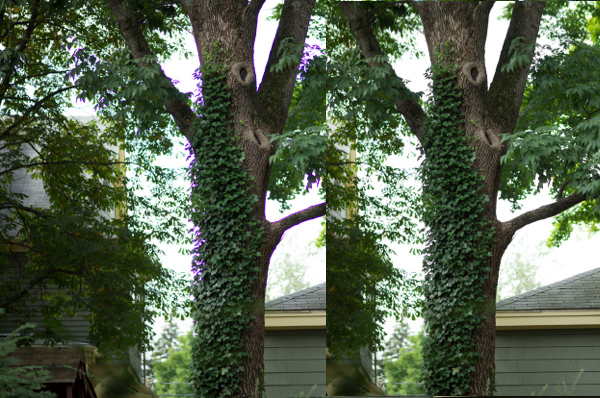
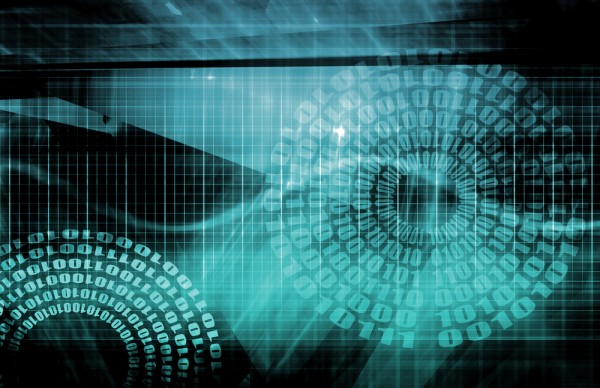

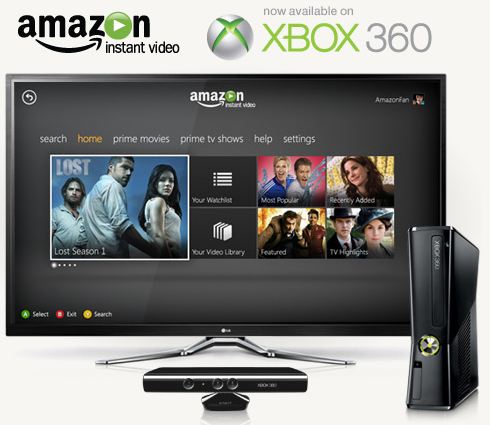
 Security researchers are warning of what they call one of the most sophisticated worms to date, and believe that this time, the worm may be the work of a nation-state rather than hackers. Called "Flame", the Trojan has hit Middle Eastern countries particularly hard, most notably Iran.
Security researchers are warning of what they call one of the most sophisticated worms to date, and believe that this time, the worm may be the work of a nation-state rather than hackers. Called "Flame", the Trojan has hit Middle Eastern countries particularly hard, most notably Iran.
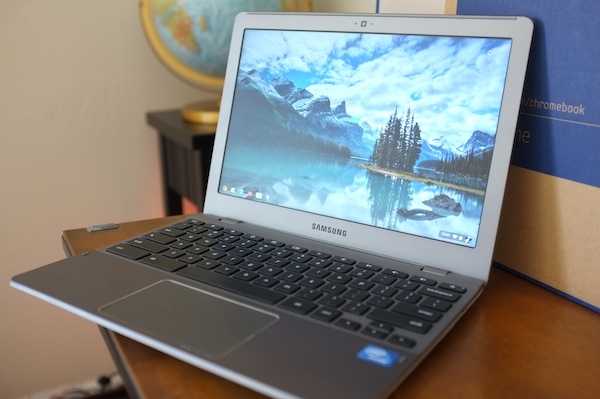
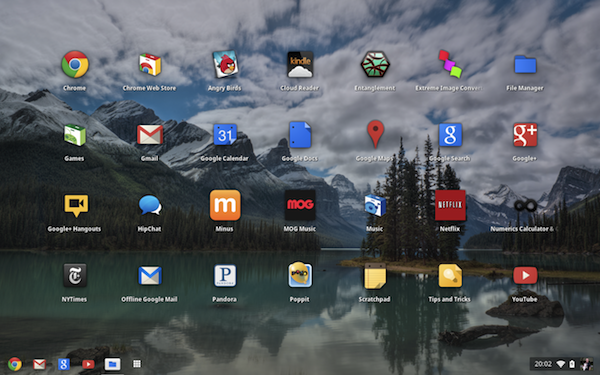
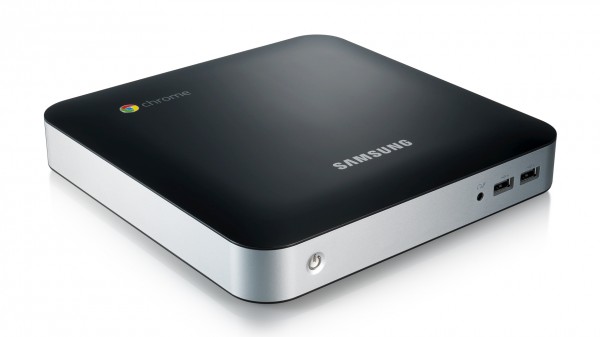
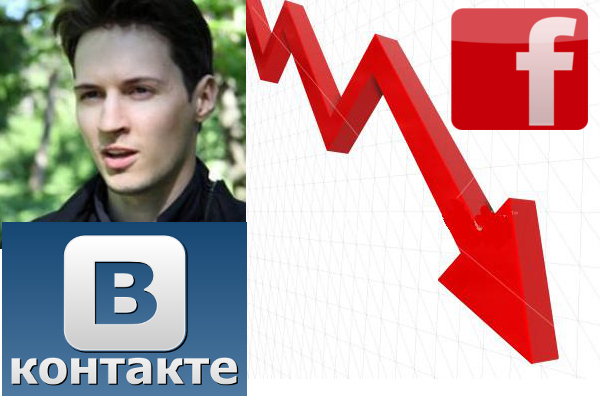
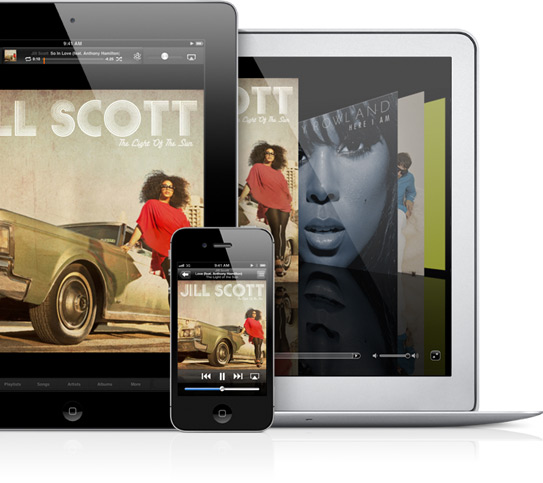
 Mike Feibus is principal analyst at
Mike Feibus is principal analyst at 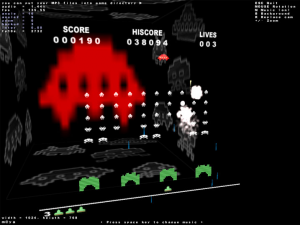 If you’ve played a few PC-based recreations of Space Invaders then you’ll know they can be, well, more than a little basic. And that’s a shame. Sure, we know the 1978 arcade original wasn’t exactly a visual feast, but that’s no excuse for the basic graphics and dull soundtrack you so often see in more modern versions.
If you’ve played a few PC-based recreations of Space Invaders then you’ll know they can be, well, more than a little basic. And that’s a shame. Sure, we know the 1978 arcade original wasn’t exactly a visual feast, but that’s no excuse for the basic graphics and dull soundtrack you so often see in more modern versions.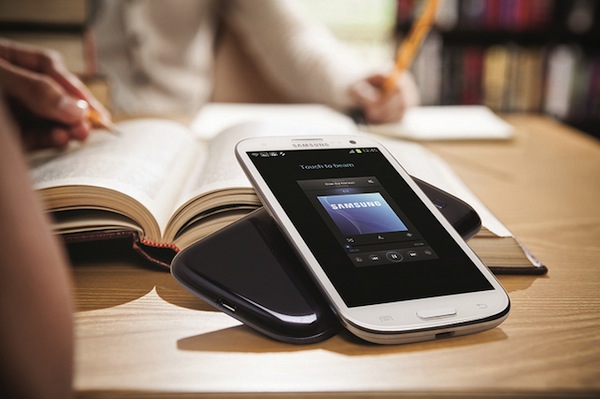

 You started off with good intentions, creating a neat image library where all your digital photos are properly organized in sensibly-named folders. But the organization probably didn’t last. It’s all too easy to drag and drop images to other folders, resave them in other formats or resolutions, maybe rework them with minor edits, and before you know it your hard drive is cluttered with a host of duplicate (or very similar) images.
You started off with good intentions, creating a neat image library where all your digital photos are properly organized in sensibly-named folders. But the organization probably didn’t last. It’s all too easy to drag and drop images to other folders, resave them in other formats or resolutions, maybe rework them with minor edits, and before you know it your hard drive is cluttered with a host of duplicate (or very similar) images.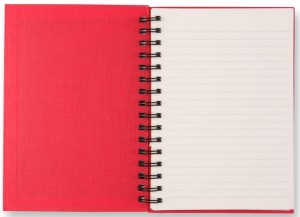 If you’ve tried a few Notepad replacements before then you’ll know they’re usually aimed at a fairly technical audience. And so top-of-the-features-list will be items like “code folding” or “syntax highlighting”, which is fine if you’re a developer, but not quite as interesting for everybody else.
If you’ve tried a few Notepad replacements before then you’ll know they’re usually aimed at a fairly technical audience. And so top-of-the-features-list will be items like “code folding” or “syntax highlighting”, which is fine if you’re a developer, but not quite as interesting for everybody else.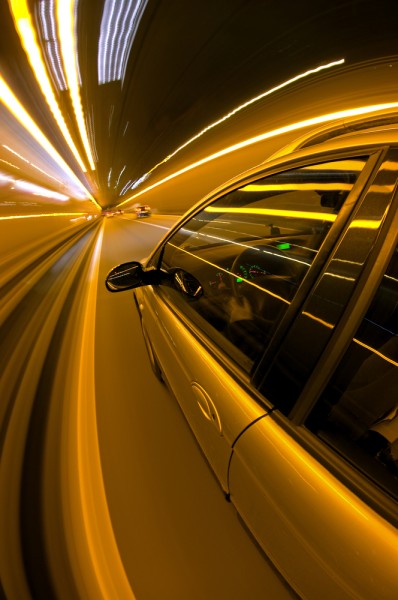 May is coming to a close, and as June beckons there are still countless software releases to keep track of. If you’ve had trouble keeping up with everything, this handy roundup is here to bring you up to speed.
May is coming to a close, and as June beckons there are still countless software releases to keep track of. If you’ve had trouble keeping up with everything, this handy roundup is here to bring you up to speed.

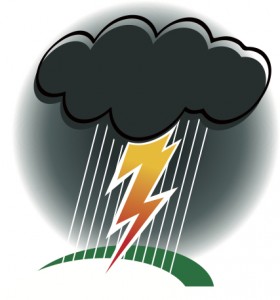 When it comes to the cloud and Amazon Web Services, IT administrators often buy far more than they need and fail to adjust to realities once they have a good understanding of their deployment's needs. These are the findings of
When it comes to the cloud and Amazon Web Services, IT administrators often buy far more than they need and fail to adjust to realities once they have a good understanding of their deployment's needs. These are the findings of 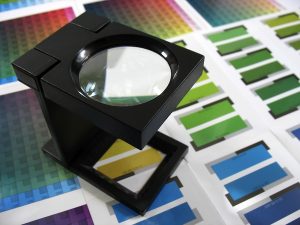 Serif is a name long associated with powerful yet easy-to-use software, and these are both terms that applyto
Serif is a name long associated with powerful yet easy-to-use software, and these are both terms that applyto 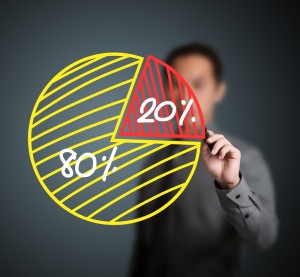 Second in a series. In
Second in a series. In  Chris Doig has personally seen the problems caused by poor technology purchasing in multiple companies. He co-founded
Chris Doig has personally seen the problems caused by poor technology purchasing in multiple companies. He co-founded 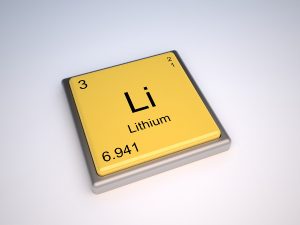
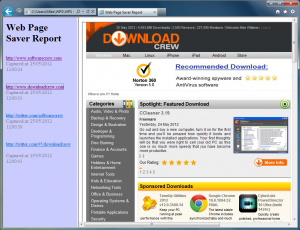 A couple of weeks ago we wrote about
A couple of weeks ago we wrote about  This is my sixth column about the Fukushima Daiichi nuclear accident that started last year in Japan following the tsunami. But unlike those previous columns (
This is my sixth column about the Fukushima Daiichi nuclear accident that started last year in Japan following the tsunami. But unlike those previous columns (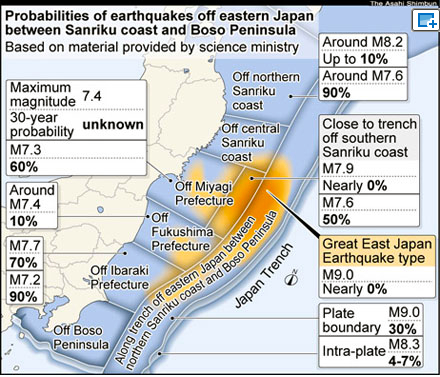
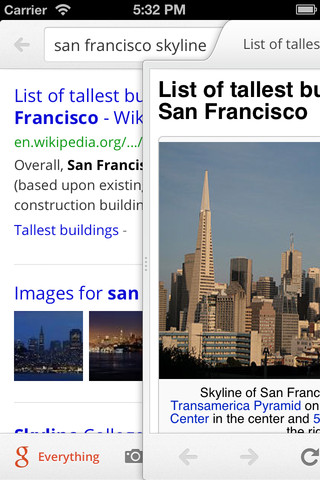 Google is the go-to search engine for most people, so the existence of a dedicated mobile app should come as no surprise. There has been a tool available for iOS for some time but the release of
Google is the go-to search engine for most people, so the existence of a dedicated mobile app should come as no surprise. There has been a tool available for iOS for some time but the release of  Piriform Ltd has updated two of its flagship free products for Windows users with the release of
Piriform Ltd has updated two of its flagship free products for Windows users with the release of 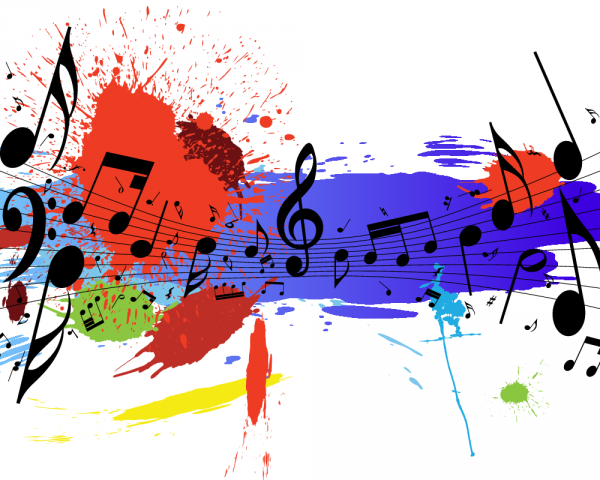

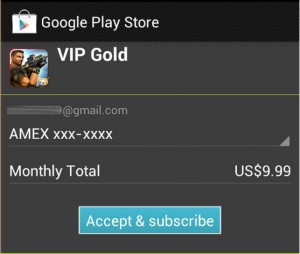
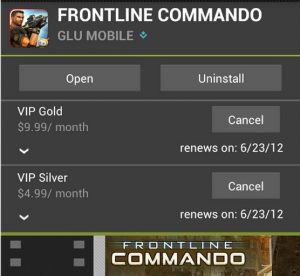
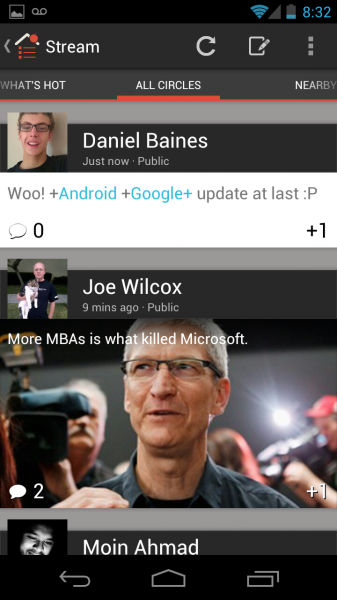 Well, perhaps I should qualify that with "almost", depending on what matters more to you as a user. On Wednesday, 15 days after
Well, perhaps I should qualify that with "almost", depending on what matters more to you as a user. On Wednesday, 15 days after  What's Google+ 2.6 Like?
What's Google+ 2.6 Like?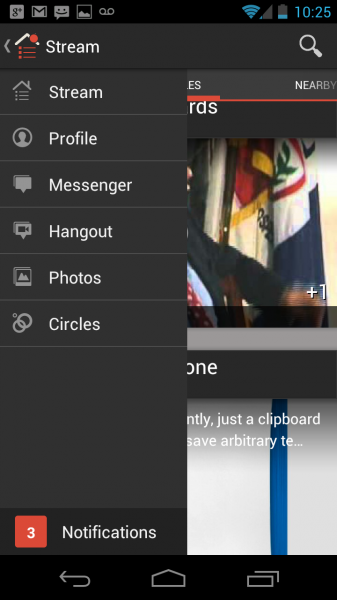 Inline editing is a "Doh?" feature that Google should have included from day one. Who wants to post while mobile if making a typing mistake he or she can't fix later on?
Inline editing is a "Doh?" feature that Google should have included from day one. Who wants to post while mobile if making a typing mistake he or she can't fix later on?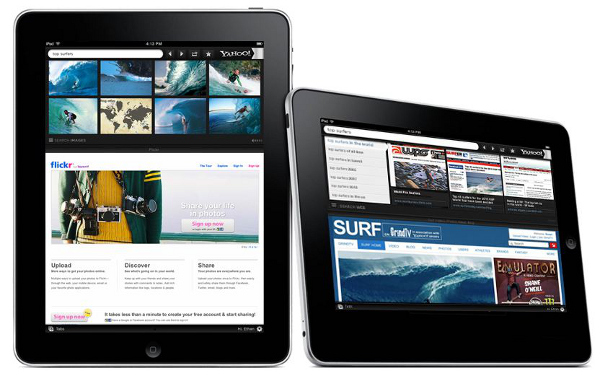
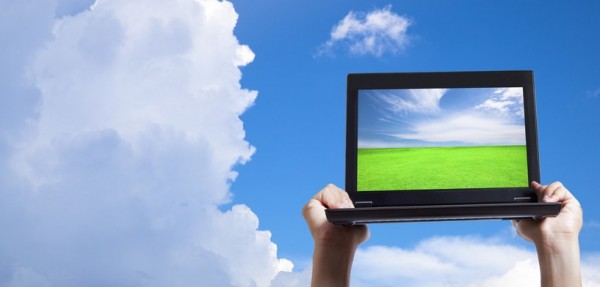 Enterprise cloud-based file sharing service Box strengthened its offering on Thursday, announcing new features that will simplify management for IT administrators. The new functionality allows for greater control over security, and the ability to enable enterprise-wide search.
Enterprise cloud-based file sharing service Box strengthened its offering on Thursday, announcing new features that will simplify management for IT administrators. The new functionality allows for greater control over security, and the ability to enable enterprise-wide search.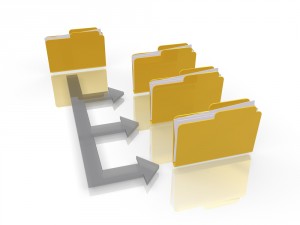 In beta since September 2011, Ghisler Software has finally announced the release of the plainly very thoroughly tested
In beta since September 2011, Ghisler Software has finally announced the release of the plainly very thoroughly tested 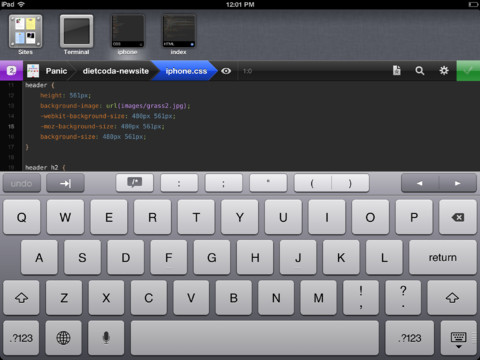
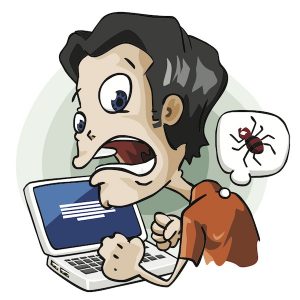 While there are still Mac users who will proclaim that their systems are immune to viruses and malware, recent high-profile virus infections show that this is simply not the case. Even for anyone still convinced that their computer is immune to viruses, if a Mac is on the same network as a PC, it can easily be used to pass a virus to a Windows-based machine. This is just one of the reasons that Mac virus protection is much more important than many people believe, and Symantec’s newly released
While there are still Mac users who will proclaim that their systems are immune to viruses and malware, recent high-profile virus infections show that this is simply not the case. Even for anyone still convinced that their computer is immune to viruses, if a Mac is on the same network as a PC, it can easily be used to pass a virus to a Windows-based machine. This is just one of the reasons that Mac virus protection is much more important than many people believe, and Symantec’s newly released 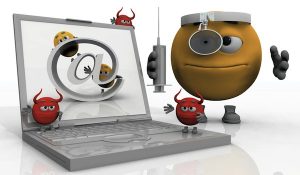 ESET has released
ESET has released 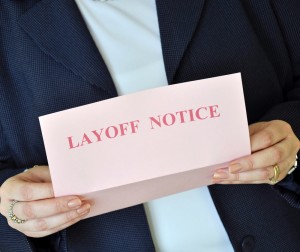 HP released better than expected results after the close of the markets Wednesday, and the company overall shows signs of a long-awaited turnaround. But the big story tonight surrounds the 27,000 workers who will lose their jobs as part of a "multi-year" restructuring plan announced by
HP released better than expected results after the close of the markets Wednesday, and the company overall shows signs of a long-awaited turnaround. But the big story tonight surrounds the 27,000 workers who will lose their jobs as part of a "multi-year" restructuring plan announced by 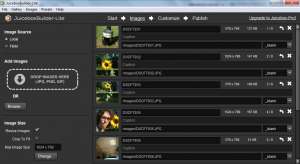 Looking for an impressive way to show off your digital photos?
Looking for an impressive way to show off your digital photos? 
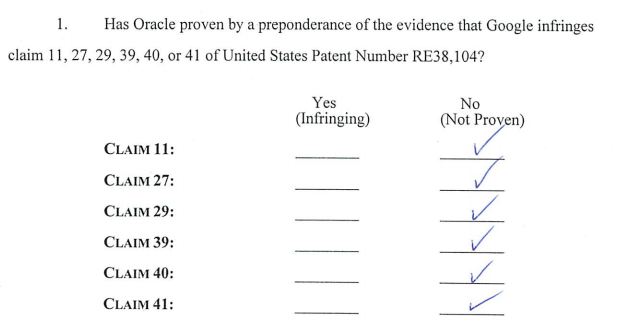
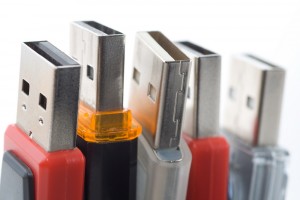 It’s easily done. You’ve finished working on a friend’s PC, close it down and walk away, completely forgetting about the USB key you plugged in a little earlier. Or maybe you’re at home, closing down your own PC, even though there’s a CD or DVD in the drive that you’ll need later. And then, once you realize, you’re perhaps forced to restart the system before you can eject it.
It’s easily done. You’ve finished working on a friend’s PC, close it down and walk away, completely forgetting about the USB key you plugged in a little earlier. Or maybe you’re at home, closing down your own PC, even though there’s a CD or DVD in the drive that you’ll need later. And then, once you realize, you’re perhaps forced to restart the system before you can eject it.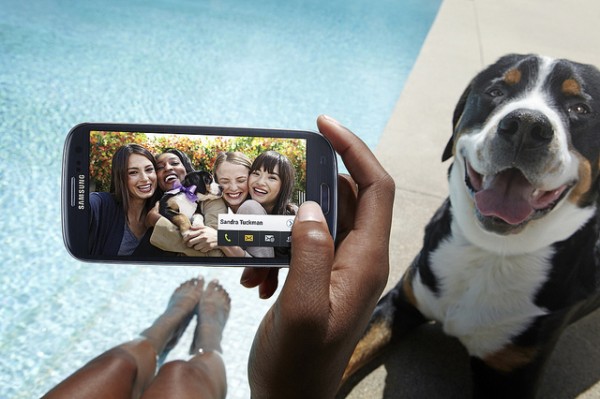
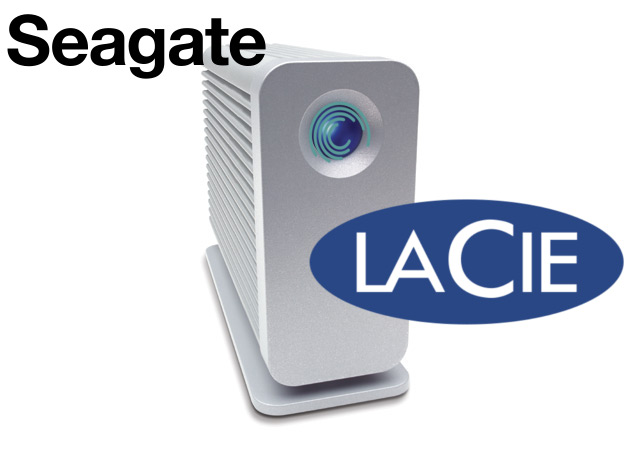 American storage company Seagate announced on Wednesday its intention to become majority owner of French storage company
American storage company Seagate announced on Wednesday its intention to become majority owner of French storage company 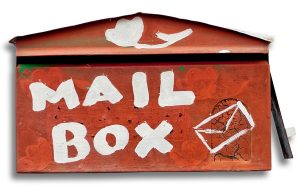 We all now communicate with people through so many channels that it is often difficult to put names to faces. You may know someone on Twitter and Facebook but when you receive an email from them you do not necessary make a connection between the two. This is where
We all now communicate with people through so many channels that it is often difficult to put names to faces. You may know someone on Twitter and Facebook but when you receive an email from them you do not necessary make a connection between the two. This is where  When you need to carry sensitive data on a USB key then it’s easy to find an encryption tool which will help to keep it safe. But life gets a little more complicated when you need to transfer your files from a PC to a Mac, or maybe a Linux system: now you’ll need a cross-platform solution, and we have the perfect candidate in mind.
When you need to carry sensitive data on a USB key then it’s easy to find an encryption tool which will help to keep it safe. But life gets a little more complicated when you need to transfer your files from a PC to a Mac, or maybe a Linux system: now you’ll need a cross-platform solution, and we have the perfect candidate in mind.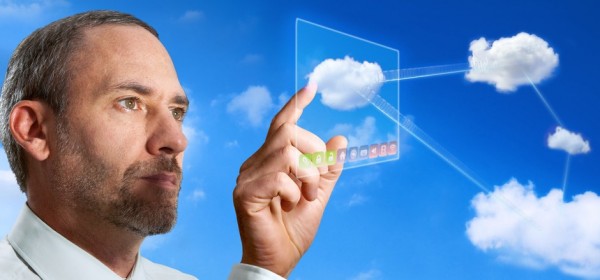
 When you’re manually hunting for malware on a PC then you might start by launching Task Manager,
When you’re manually hunting for malware on a PC then you might start by launching Task Manager,  SAP made a major play for the cloud Tuesday as its American arm announced acquisition of Ariba, a German cloud computing applications maker. The transaction is worth some $4.3 billion, and is expected to close this summer.
SAP made a major play for the cloud Tuesday as its American arm announced acquisition of Ariba, a German cloud computing applications maker. The transaction is worth some $4.3 billion, and is expected to close this summer.
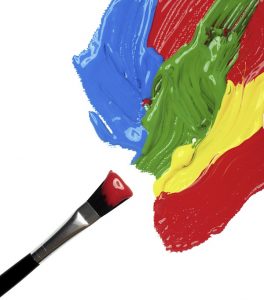 Equipping your PC for professional graphics work normally involves buying several different applications, learning their various interfaces and hoping they’ll somehow all work together.
Equipping your PC for professional graphics work normally involves buying several different applications, learning their various interfaces and hoping they’ll somehow all work together.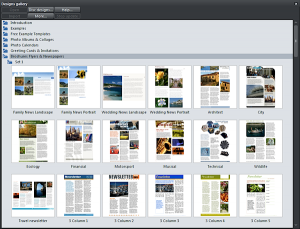 Photo Work
Photo Work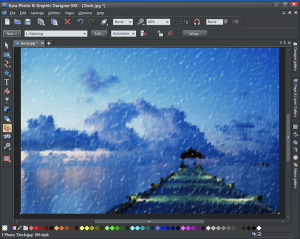 The program’s illustration abilities are even better, with some very powerful vector drawing tools. You’re able to draw lines, curves and shapes freehand, or use the QuickShape tools to draw assorted pre-set shapes in moments. And if something doesn’t look quite right, just drag and pull on lines to adjust or smooth them, then resize or rotate your design until it’s as you intended.
The program’s illustration abilities are even better, with some very powerful vector drawing tools. You’re able to draw lines, curves and shapes freehand, or use the QuickShape tools to draw assorted pre-set shapes in moments. And if something doesn’t look quite right, just drag and pull on lines to adjust or smooth them, then resize or rotate your design until it’s as you intended. The ever-present need for security means that every account that you have online, and probably on your computer as well, needs to be protected with a username and password. If you have taken the wise step of ensuring that all of your passwords are different, this will undoubtedly mean that you have an incredible number of passwords to remember.
The ever-present need for security means that every account that you have online, and probably on your computer as well, needs to be protected with a username and password. If you have taken the wise step of ensuring that all of your passwords are different, this will undoubtedly mean that you have an incredible number of passwords to remember.
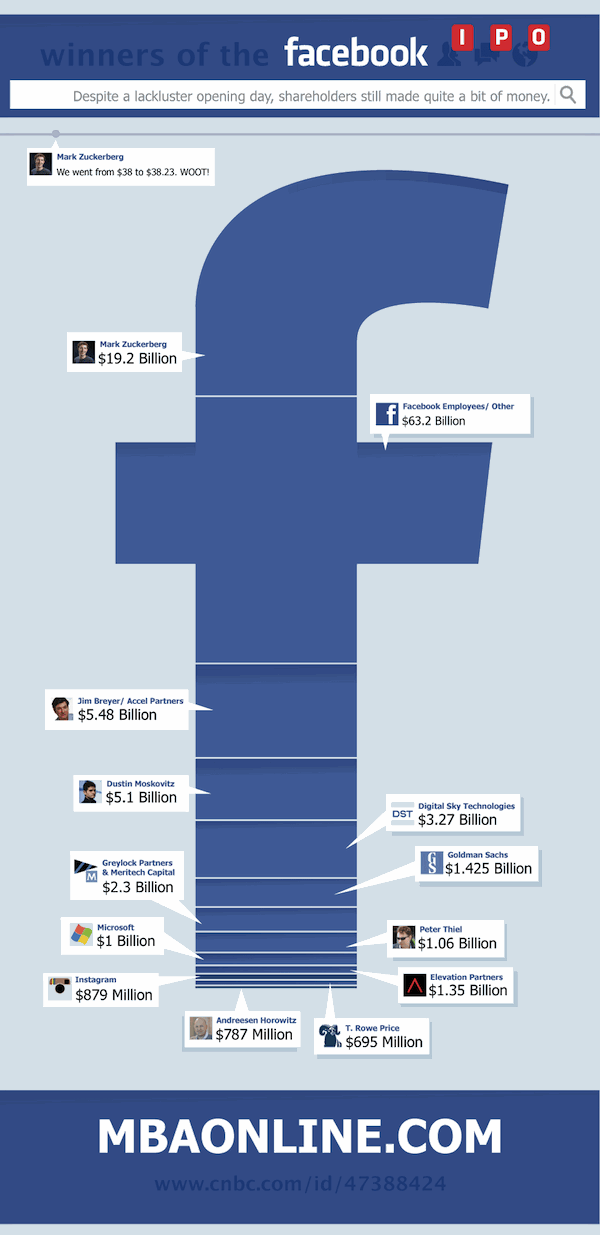

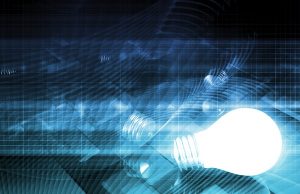 More than half of all software acquired by IT in the next five years will be open source, according to a new study, and open source software (OSS) leads in the areas of cloud, big data, mobile apps and enterprise mobility.
More than half of all software acquired by IT in the next five years will be open source, according to a new study, and open source software (OSS) leads in the areas of cloud, big data, mobile apps and enterprise mobility.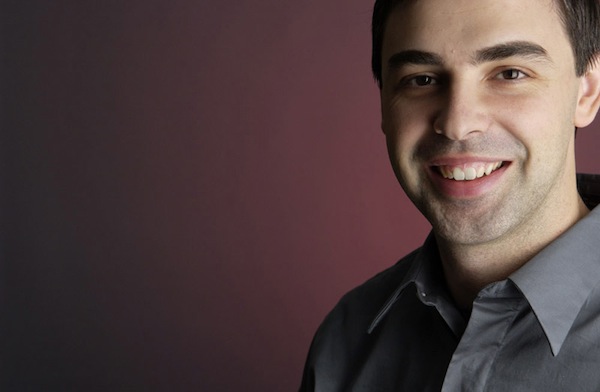
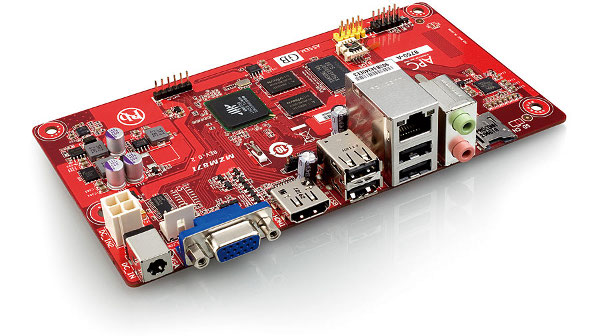
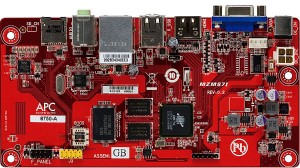

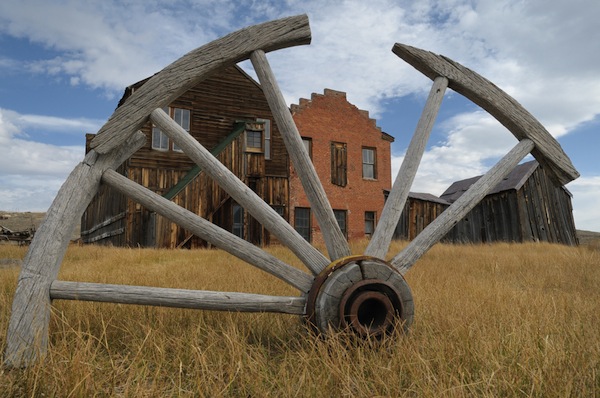
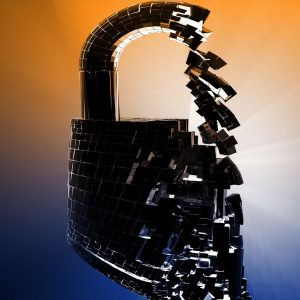 Halfway through May and the software release schedule shows no sign of abating, and beta releases stand out over the past week. Some of the biggest releases come from security experts Norton, which updated 2013 public betas.
Halfway through May and the software release schedule shows no sign of abating, and beta releases stand out over the past week. Some of the biggest releases come from security experts Norton, which updated 2013 public betas. 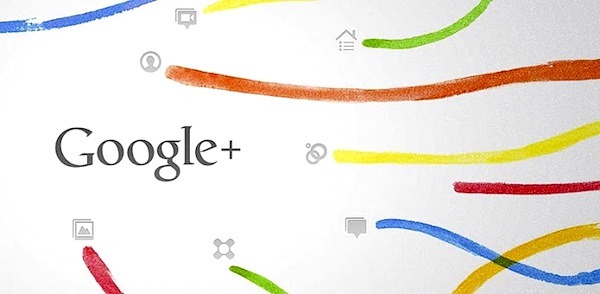
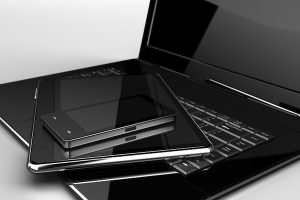
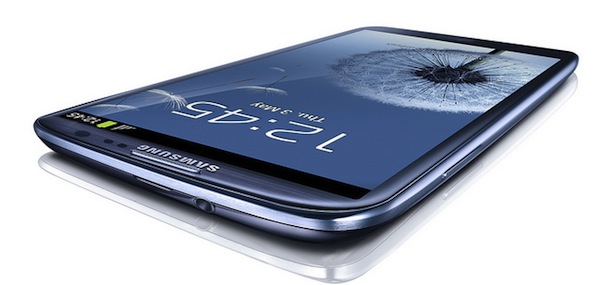
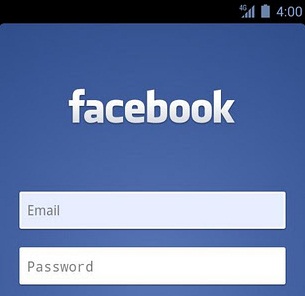 Today is Facebook Day, the day when the most-successful-social-network-so-far opened up to public investment and outshone all other American IPOs up to this point.
Today is Facebook Day, the day when the most-successful-social-network-so-far opened up to public investment and outshone all other American IPOs up to this point.  ESET has released
ESET has released 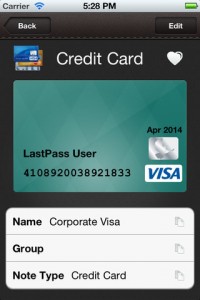 LastPass.com, developer of the
LastPass.com, developer of the 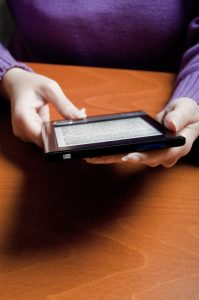 Plain, ordinary text files aren’t normally the most interesting ways to convey information, but if you’d like to change that then
Plain, ordinary text files aren’t normally the most interesting ways to convey information, but if you’d like to change that then 
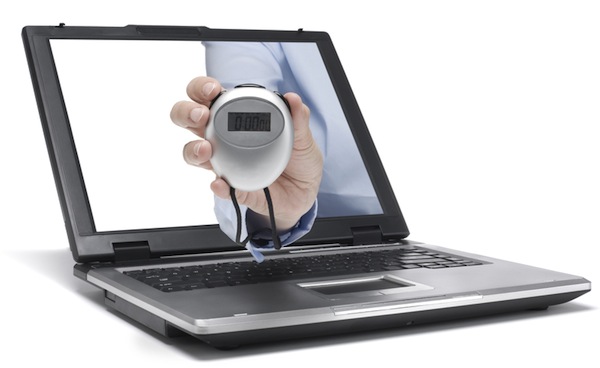
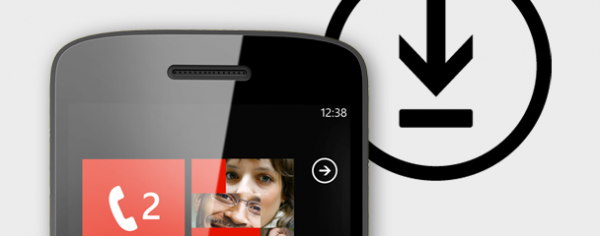
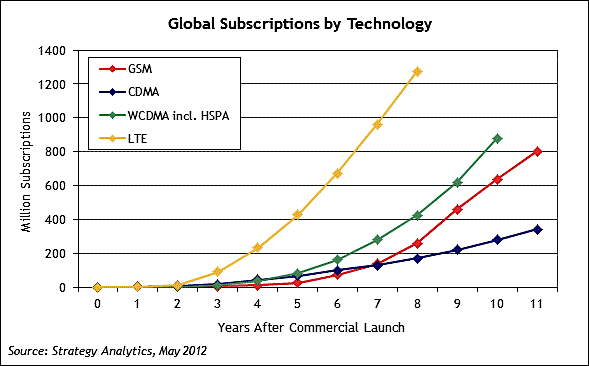
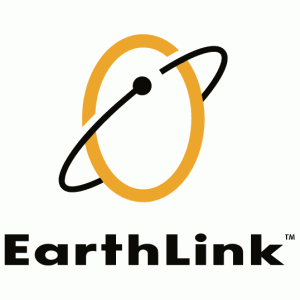 Earthlink this week strengthened its cloud services offerings, debuting a hosted desktop solution that allows customers access regardless of device and via both the Internet and secure MPLS connections. Over 250 applications are supported, and customers may also install their own custom applications.
Earthlink this week strengthened its cloud services offerings, debuting a hosted desktop solution that allows customers access regardless of device and via both the Internet and secure MPLS connections. Over 250 applications are supported, and customers may also install their own custom applications.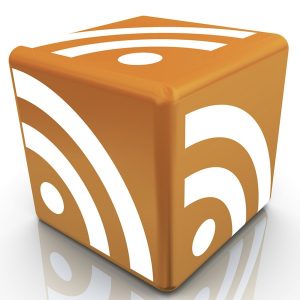 It’s a strange day when some of the biggest news about the latest release of an application is a feature's removal, but this is the case with the latest version of
It’s a strange day when some of the biggest news about the latest release of an application is a feature's removal, but this is the case with the latest version of 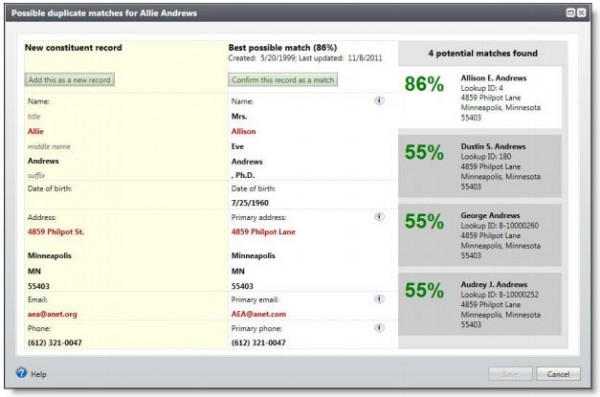
 iOS app
iOS app 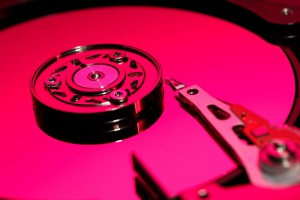 Australian software developer Auslogics has released major updates for two of its Windows performance tools.
Australian software developer Auslogics has released major updates for two of its Windows performance tools.  When browsing the Internet you may well have noticed that some of sites you visit are secure, while others are not. While HTTPS is most often used for secure shopping and banking web sites, there is no reason that connections to other pages should not be encrypted to help improve privacy and security. If this is something that has concerned you,
When browsing the Internet you may well have noticed that some of sites you visit are secure, while others are not. While HTTPS is most often used for secure shopping and banking web sites, there is no reason that connections to other pages should not be encrypted to help improve privacy and security. If this is something that has concerned you, 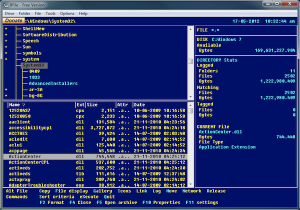 If you used PCs back in the 1980s then you’ll probably remember that file management was, well, a little basic. To put it politely. But that all changed in 1985 with the arrival of XTree, a powerful file manager that came packed with functionality: the geeks of the day loved its feature set, speed and extensive list of keyboard shortcuts.
If you used PCs back in the 1980s then you’ll probably remember that file management was, well, a little basic. To put it politely. But that all changed in 1985 with the arrival of XTree, a powerful file manager that came packed with functionality: the geeks of the day loved its feature set, speed and extensive list of keyboard shortcuts.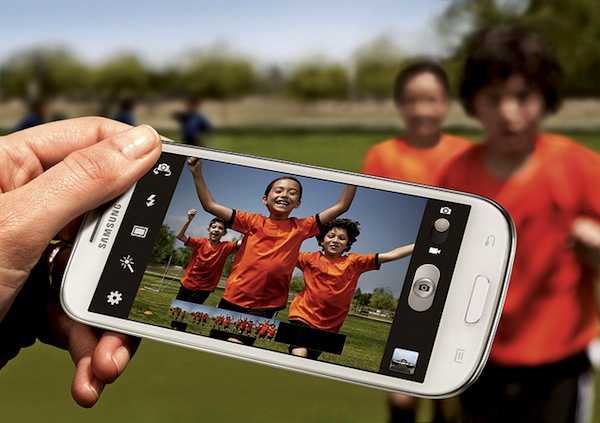
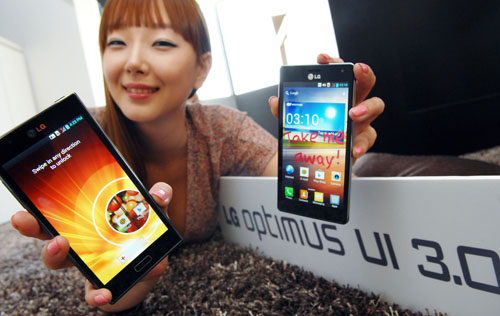
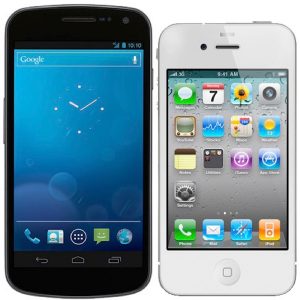 Today, Gartner put to end weeks of cellular handset debate. Apple apologists disputed Samsung's smartphone success over iPhone -- the presumption that the South Korean electronics giant benefits from greater shipments vs actual sales. Make no mistake: Samsung is the global leader overall and in the smartphone category, based on actual sales. Apologist arguments be damned.
Today, Gartner put to end weeks of cellular handset debate. Apple apologists disputed Samsung's smartphone success over iPhone -- the presumption that the South Korean electronics giant benefits from greater shipments vs actual sales. Make no mistake: Samsung is the global leader overall and in the smartphone category, based on actual sales. Apologist arguments be damned. 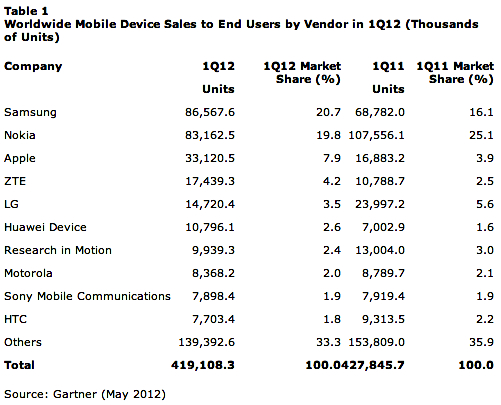
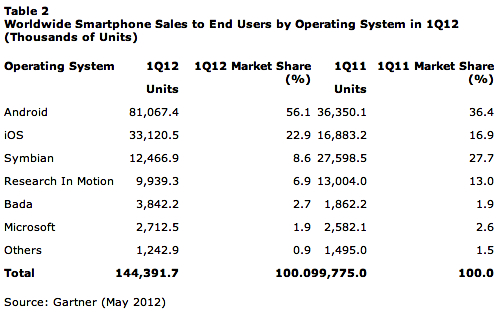
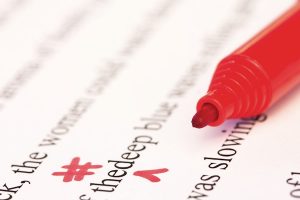 Anyone who’s tapped into Microsoft Word’s autotext and autocorrect features will know how useful they can be, but what happens when you need that kind of automation in another program? The answer lies with a free-for-personal-use tool called
Anyone who’s tapped into Microsoft Word’s autotext and autocorrect features will know how useful they can be, but what happens when you need that kind of automation in another program? The answer lies with a free-for-personal-use tool called 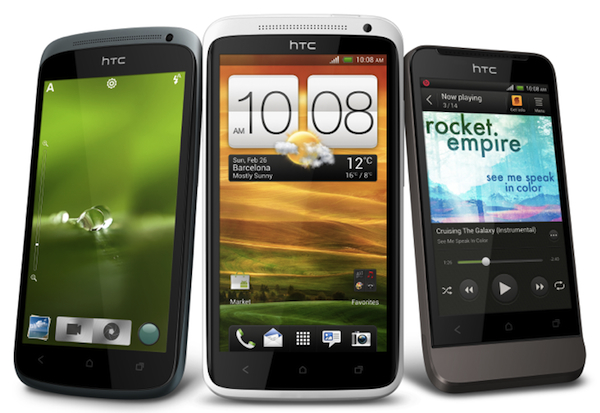
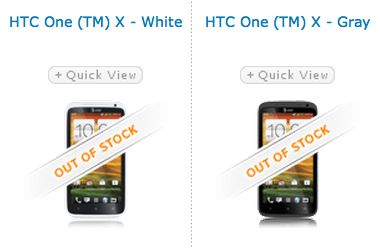
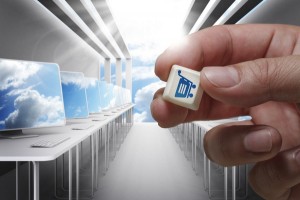 You've heard of Platform-as-a-Service, and Infrastructure-as-a-Service; maybe even Gaming-as-a-Service, too, from
You've heard of Platform-as-a-Service, and Infrastructure-as-a-Service; maybe even Gaming-as-a-Service, too, from 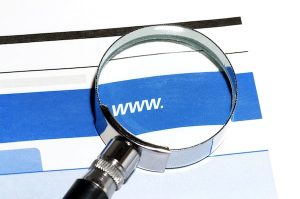 When you need to know more about a web domain, then your first instinct will probably be to visit your favorite WHOIS site. But while that’s quick and easy, there could be an even more convenient solution in NirSoft’s
When you need to know more about a web domain, then your first instinct will probably be to visit your favorite WHOIS site. But while that’s quick and easy, there could be an even more convenient solution in NirSoft’s 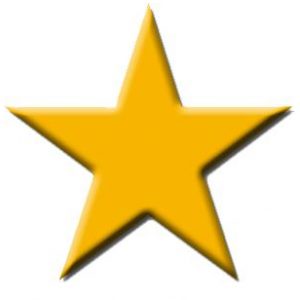 At first glance,
At first glance, 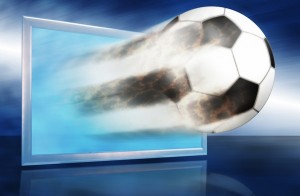
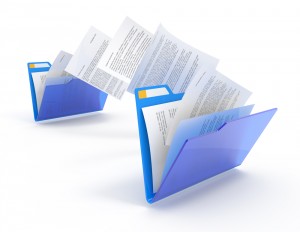
 Red Hat celebrated the 10th anniversary of its flagship Enterprise Linux product, but reaffirmed the decision to shift focus to cloud computing, pledging that open-source roots would be key to success in the new business venture.
Red Hat celebrated the 10th anniversary of its flagship Enterprise Linux product, but reaffirmed the decision to shift focus to cloud computing, pledging that open-source roots would be key to success in the new business venture.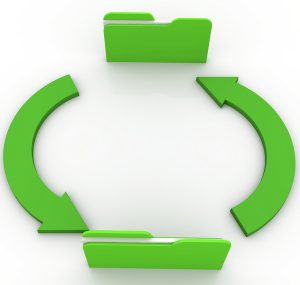 Less than a week after announcing a
Less than a week after announcing a 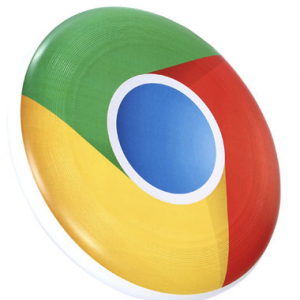 Google just pumped out another stable release of its web browser as
Google just pumped out another stable release of its web browser as  VMware is known for its work in virtualization. The company aims to change that, and announced on Tuesday a new product to assist in the automation, deployment and management of complex applications on its cloud infrastructure. vFabric Suite 5.1 is a new product that takes code acquired through VMware's acquisition of SpringSource and adds additional functionality to make it more attractive to developers.
VMware is known for its work in virtualization. The company aims to change that, and announced on Tuesday a new product to assist in the automation, deployment and management of complex applications on its cloud infrastructure. vFabric Suite 5.1 is a new product that takes code acquired through VMware's acquisition of SpringSource and adds additional functionality to make it more attractive to developers.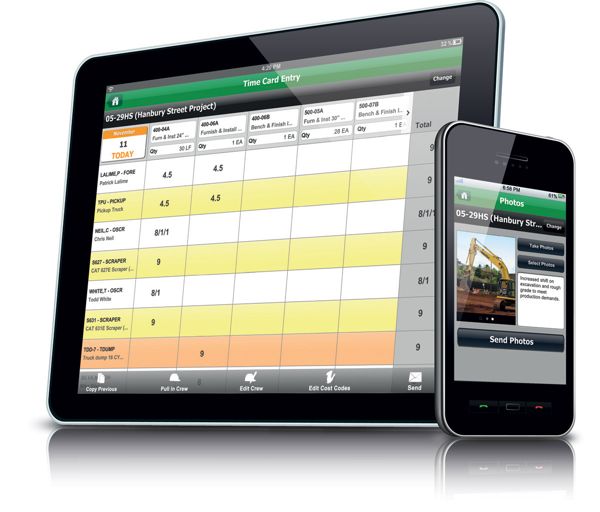
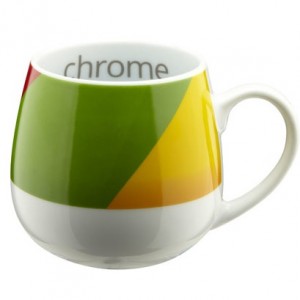 What timing. I posted my iPad for sale on Craigslist over the weekend -- and two people are jockeying to get ahead of the other to buy it today. But I'm suddenly unsure about selling, after seeing a
What timing. I posted my iPad for sale on Craigslist over the weekend -- and two people are jockeying to get ahead of the other to buy it today. But I'm suddenly unsure about selling, after seeing a  Troubleshooting, security, performance, there are lots of different reasons why you might want to change your PC’s DNS settings. But Windows doesn’t exactly make this easy. And even when you’ve figured out where you need to be (Network and Sharing Center > click the Internet connection > Properties > TCP/IP > Properties) you’ll still need to look up the address of whatever alternative Domain Name Service you’d prefer to use.
Troubleshooting, security, performance, there are lots of different reasons why you might want to change your PC’s DNS settings. But Windows doesn’t exactly make this easy. And even when you’ve figured out where you need to be (Network and Sharing Center > click the Internet connection > Properties > TCP/IP > Properties) you’ll still need to look up the address of whatever alternative Domain Name Service you’d prefer to use.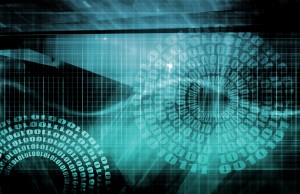 Austrian anti-malware vendor Emsisoft has announced the release of version 2 beta of its free portable malware removal and repair kit.
Austrian anti-malware vendor Emsisoft has announced the release of version 2 beta of its free portable malware removal and repair kit.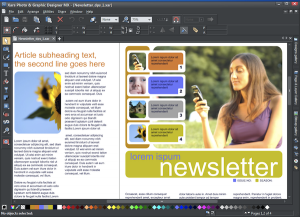 Xara unveiled the latest versions of the Designer family,
Xara unveiled the latest versions of the Designer family, 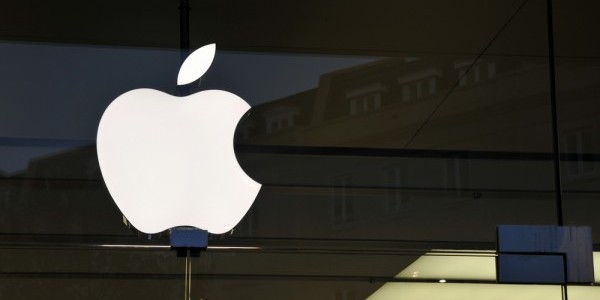
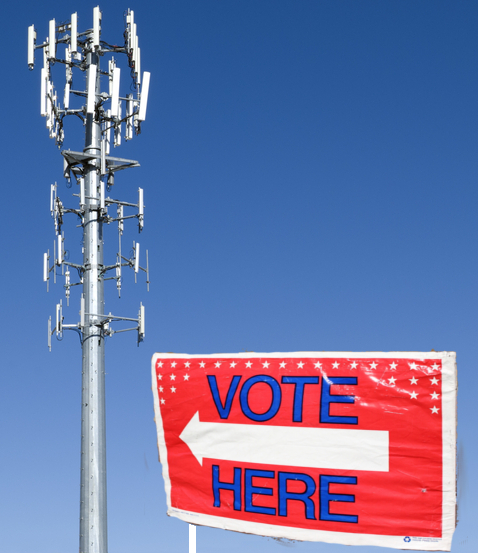
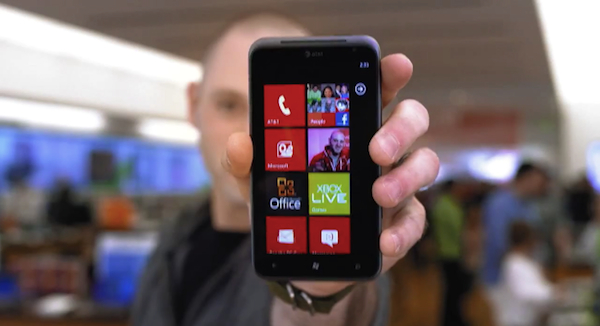
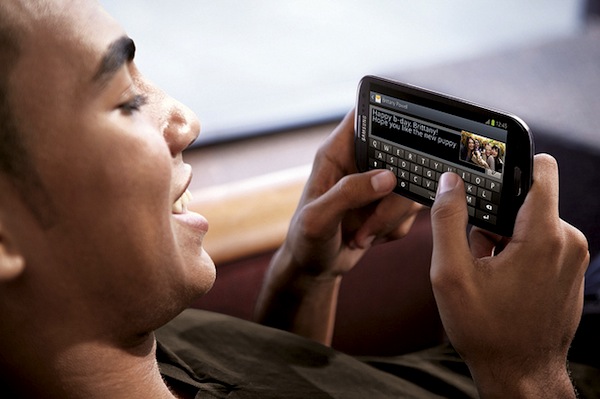
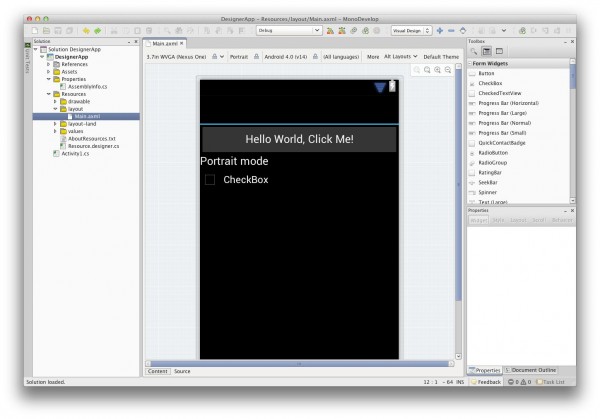
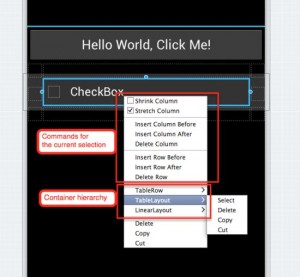
 The second week of May has passed, and it was as busy as ever in the world of software. If you haven’t kept your finger on the pulse, we have put together this roundup to bring you back up to speed.
The second week of May has passed, and it was as busy as ever in the world of software. If you haven’t kept your finger on the pulse, we have put together this roundup to bring you back up to speed.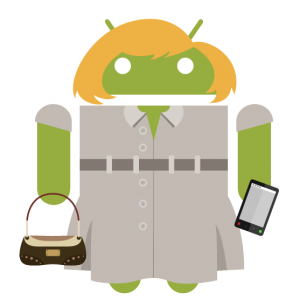 I never expected my 70 year-old mother to ride the cutting edge of technology, but she's there, living in the cloud, which she embraces enthusiastically. What's that saying about not teaching old dogs new tricks? Perhaps you can.
I never expected my 70 year-old mother to ride the cutting edge of technology, but she's there, living in the cloud, which she embraces enthusiastically. What's that saying about not teaching old dogs new tricks? Perhaps you can.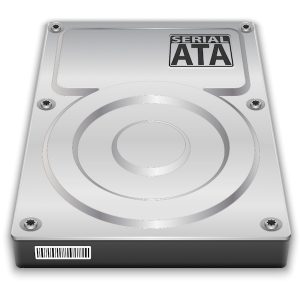 Sometimes it is the smallest of things that makes the biggest differences -- it can be little touches that matter the most. Users of OS X and many flavors of Linux will be used to the appearance of a desktop icon when an external drive is plugged in or an optical disc is inserted. This little feature may seem minor, but it is also immensely useful. By installing
Sometimes it is the smallest of things that makes the biggest differences -- it can be little touches that matter the most. Users of OS X and many flavors of Linux will be used to the appearance of a desktop icon when an external drive is plugged in or an optical disc is inserted. This little feature may seem minor, but it is also immensely useful. By installing 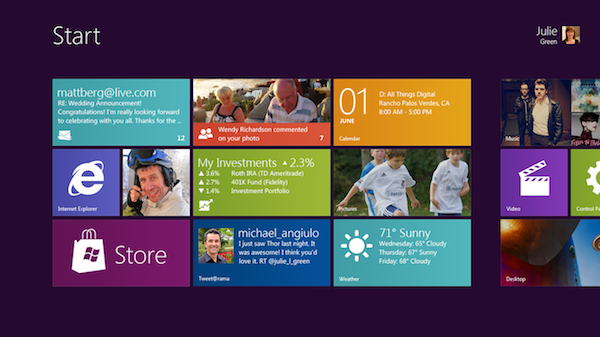
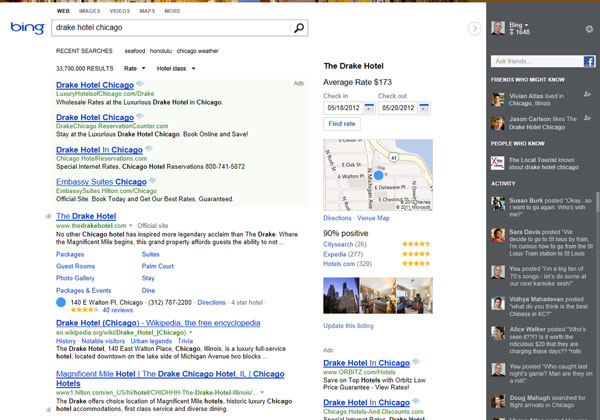
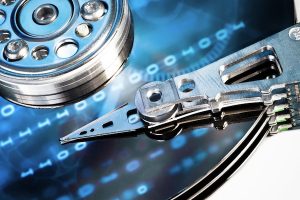 Acronis has released Update 2 for its complete backup tool for Windows PCs,
Acronis has released Update 2 for its complete backup tool for Windows PCs,  In the three months ending on March 31, 2012, there were more than 300 million photos uploaded to Facebook every single day. Not only is it a staggering amount of content to organize, but it is also a huge stockpile of graphical data that can actually be put to use.
In the three months ending on March 31, 2012, there were more than 300 million photos uploaded to Facebook every single day. Not only is it a staggering amount of content to organize, but it is also a huge stockpile of graphical data that can actually be put to use.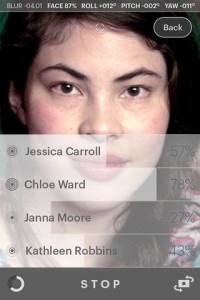
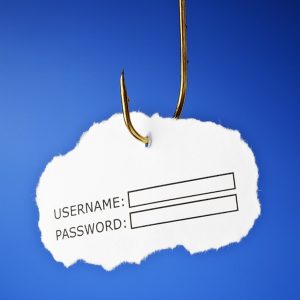 Does reputation matter to you? Are you concerned what people say about you when you're not around? Perhaps you want to know what crap anonymous commenters post about you across the InterWebs? If the answer is "Yes" to any of these, you might be vulnerable to this tweet: "Hey some person is saying horrible things about you". Resist the temptation.
Does reputation matter to you? Are you concerned what people say about you when you're not around? Perhaps you want to know what crap anonymous commenters post about you across the InterWebs? If the answer is "Yes" to any of these, you might be vulnerable to this tweet: "Hey some person is saying horrible things about you". Resist the temptation.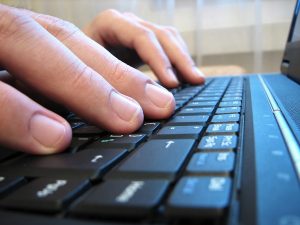 When you’re not around to monitor a PC then it’s often useful to get notifications of its key events. And so you might like to know when a particular program starts or ends, perhaps, or when the system closes down or restarts.
When you’re not around to monitor a PC then it’s often useful to get notifications of its key events. And so you might like to know when a particular program starts or ends, perhaps, or when the system closes down or restarts.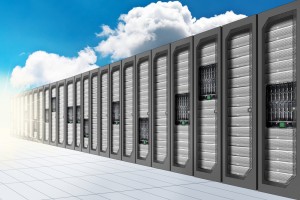 Dell continued to expand outside of its traditional PC-based business this week, making two separate announcements that symbolize a larger emphasis on services -- especially for the cloud. The Allen, Texas based company has introduced a Desktop-as-a-Service offering through a partnership with Desktone, as well as a new offering aimed at moving their SAP solutions to the cloud.
Dell continued to expand outside of its traditional PC-based business this week, making two separate announcements that symbolize a larger emphasis on services -- especially for the cloud. The Allen, Texas based company has introduced a Desktop-as-a-Service offering through a partnership with Desktone, as well as a new offering aimed at moving their SAP solutions to the cloud.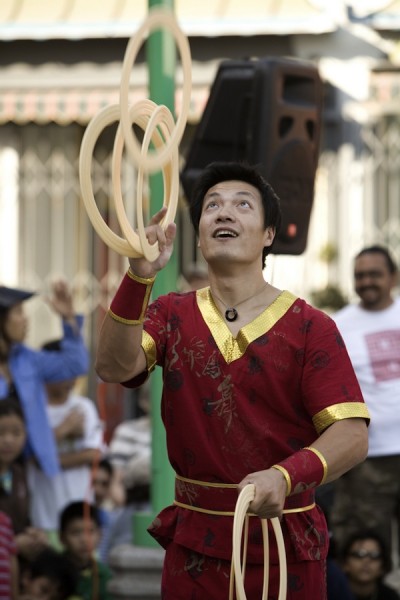 The issue with the soon-to-come generation of Windows mobile computers (tablets) of performance versus productivity, when it comes to software development, looms on all of us programmers who desire to write software for Windows 8. As a longtime Windows API programmer I appear to be in the minority, but I just can't help but ask the question: "Do programmers just not get it?"
The issue with the soon-to-come generation of Windows mobile computers (tablets) of performance versus productivity, when it comes to software development, looms on all of us programmers who desire to write software for Windows 8. As a longtime Windows API programmer I appear to be in the minority, but I just can't help but ask the question: "Do programmers just not get it?" Chris Boss is an advanced Windows API programmer and developer of 10 year-old
Chris Boss is an advanced Windows API programmer and developer of 10 year-old 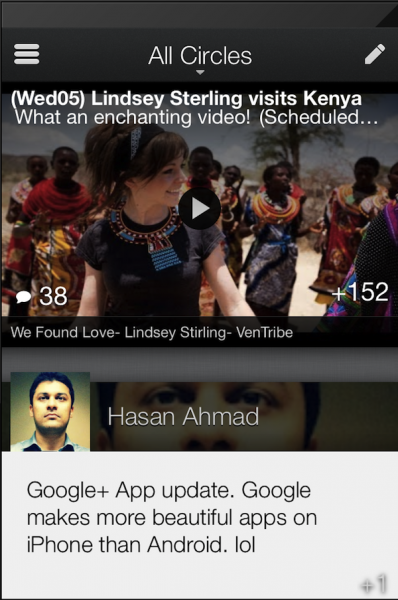 May 9 is, in a way, a watershed day for Android -- and that's not necessarily a good thing. Many developers I communicate with repeatedly say they confront the same quandary: Android or iOS first? Maybe they choose to develop for iOS, only to ask: Android or iPad next? Google is a software developer, too, and this day put its priorities in order with a stunning iOS-first update. The new iPhone app for social network Google+ is stunning, breathtaking, immersive and makes the already great experience on Ice Cream Sandwich seem outdated -- although some of the best visuals migrate to iOS.
May 9 is, in a way, a watershed day for Android -- and that's not necessarily a good thing. Many developers I communicate with repeatedly say they confront the same quandary: Android or iOS first? Maybe they choose to develop for iOS, only to ask: Android or iPad next? Google is a software developer, too, and this day put its priorities in order with a stunning iOS-first update. The new iPhone app for social network Google+ is stunning, breathtaking, immersive and makes the already great experience on Ice Cream Sandwich seem outdated -- although some of the best visuals migrate to iOS.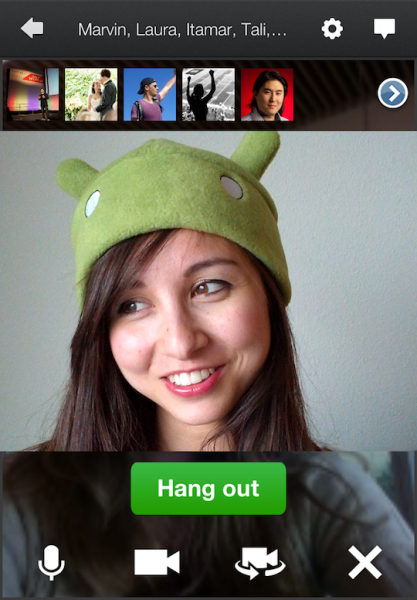 A Fool and His Android
A Fool and His Android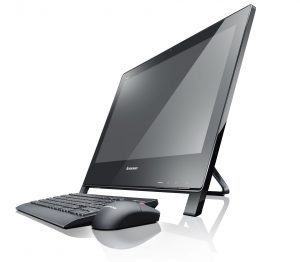
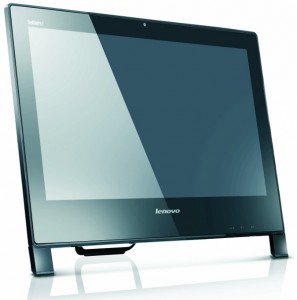
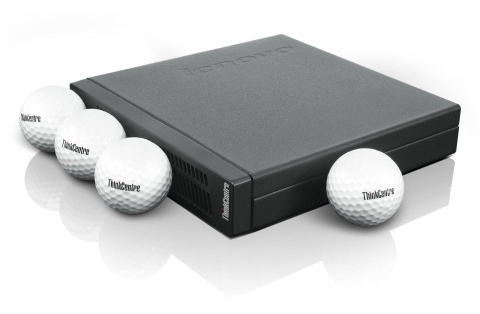
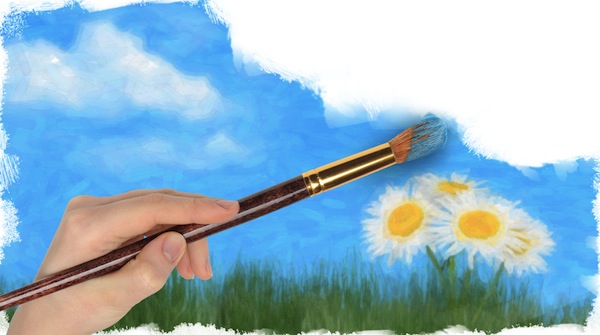

 Robert Leshner spent five years in finance and is a Chartered Financial Analyst. He now runs a tech startup, Safe Shepherd, part of 500 Startups, which is infinitely more difficult. Follow him
Robert Leshner spent five years in finance and is a Chartered Financial Analyst. He now runs a tech startup, Safe Shepherd, part of 500 Startups, which is infinitely more difficult. Follow him 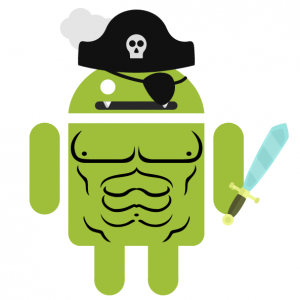 McAfee says that Android malware is taking a worrisome turn, with cybercriminals mimicking popular strategies used against Windows. The latest attacks tap IRC bots, where the malware gets further operating instructions from an Internet chatroom.
McAfee says that Android malware is taking a worrisome turn, with cybercriminals mimicking popular strategies used against Windows. The latest attacks tap IRC bots, where the malware gets further operating instructions from an Internet chatroom.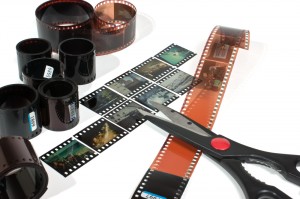 If, like us, you’ve tried more than your share of image editors, then you’ll know many of them are depressingly similar. Especially when it comes to filters. All too many developers seem to think they can get by with a simple sharpen, blur, emboss and so on, when most users now expect far, far more.
If, like us, you’ve tried more than your share of image editors, then you’ll know many of them are depressingly similar. Especially when it comes to filters. All too many developers seem to think they can get by with a simple sharpen, blur, emboss and so on, when most users now expect far, far more. The jump to version x.1 of a program may not seem like particularly big news, but with the release of
The jump to version x.1 of a program may not seem like particularly big news, but with the release of  The Apache Software Foundation announced the release of
The Apache Software Foundation announced the release of 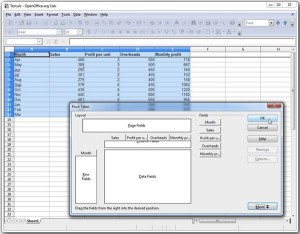 Once OpenOffice 3.4.1 is released, developers plan to start work on version 4, helped in part by code donated from IBM’s discontinued
Once OpenOffice 3.4.1 is released, developers plan to start work on version 4, helped in part by code donated from IBM’s discontinued 
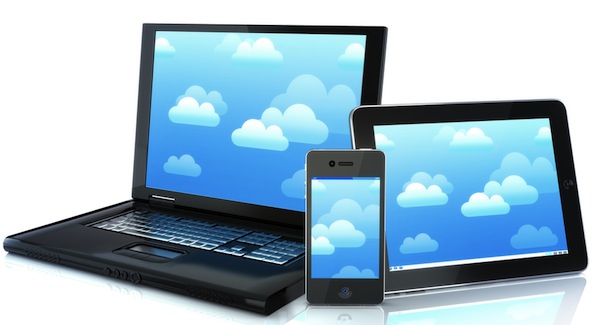

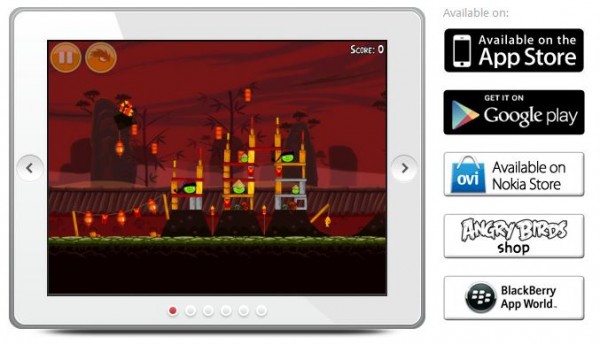
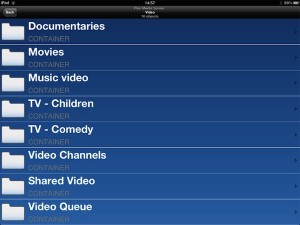 If you’re looking for a gorgeous, easy-to-use solution to the problem of sharing and streaming media from your PC or Mac, then Plex will appeal. And with the release of
If you’re looking for a gorgeous, easy-to-use solution to the problem of sharing and streaming media from your PC or Mac, then Plex will appeal. And with the release of 
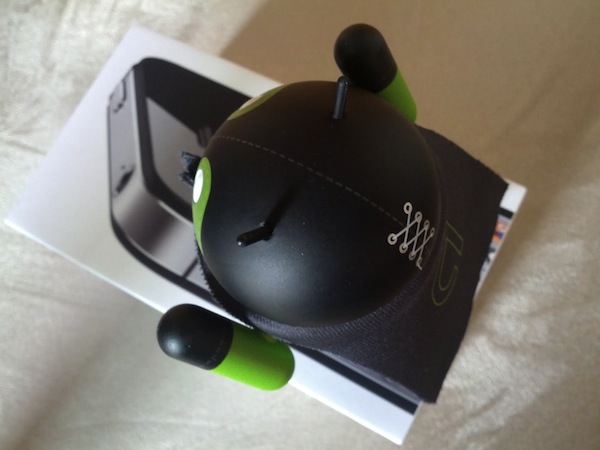
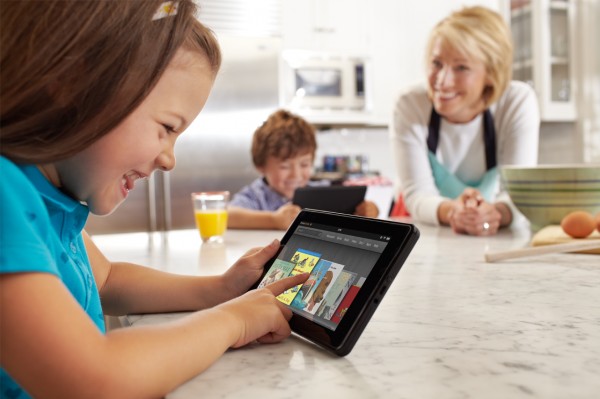
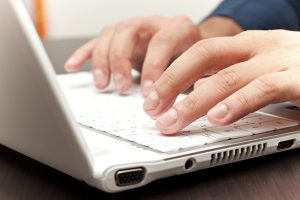 Capturing an image of a small webpage is easy. Open it in a browser, press Alt+PrtSc, paste the results into your graphics tool of choice, edit and save the results: it’s all over in a moment. Of course, if the page is too large to view on your display then all that scrolling means capturing it all becomes a little more challenging. But
Capturing an image of a small webpage is easy. Open it in a browser, press Alt+PrtSc, paste the results into your graphics tool of choice, edit and save the results: it’s all over in a moment. Of course, if the page is too large to view on your display then all that scrolling means capturing it all becomes a little more challenging. But 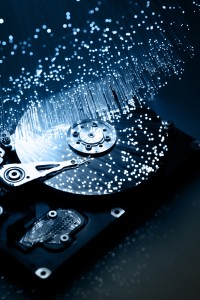 Chengdu, China software developer EaseUS has updated its Windows all-in-one backup tool,
Chengdu, China software developer EaseUS has updated its Windows all-in-one backup tool, 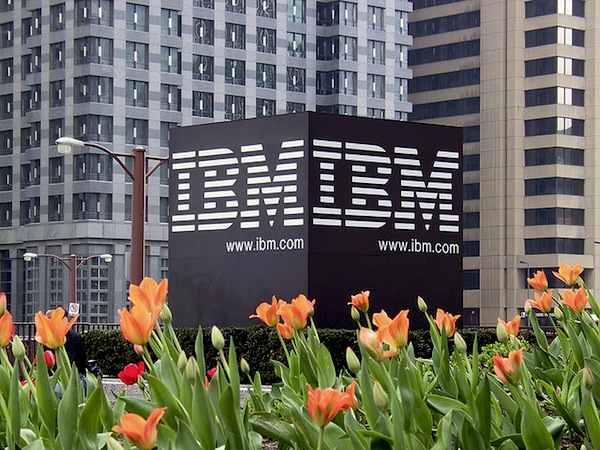
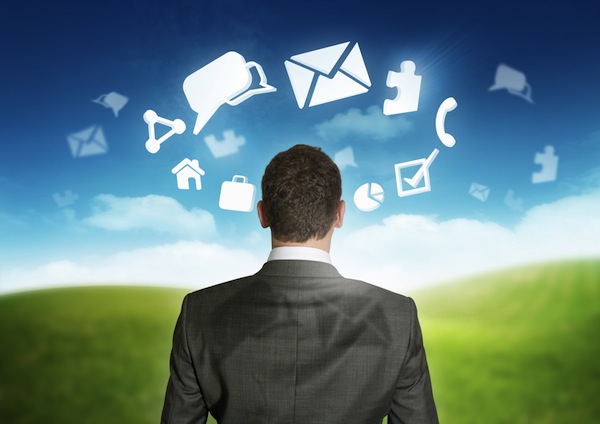

 Is your business getting good value from customer relationship initiatives, or are you even able to quantity it? Gartner says unlikely. Only half of all Fortune 1000 companies are expected to see a positive return on investments in social CRM through the end of the year. The findings call into question the effectiveness of using the social web to further business objectives, or whether companies even have the capability to measure success.
Is your business getting good value from customer relationship initiatives, or are you even able to quantity it? Gartner says unlikely. Only half of all Fortune 1000 companies are expected to see a positive return on investments in social CRM through the end of the year. The findings call into question the effectiveness of using the social web to further business objectives, or whether companies even have the capability to measure success.






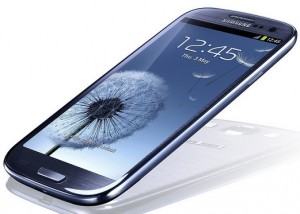 These is two related capabilities would make tech headlines everywhere, if introduced by Steve Jobs. They also add the kind of human responsiveness that once set iPhone apart from every other handset.
These is two related capabilities would make tech headlines everywhere, if introduced by Steve Jobs. They also add the kind of human responsiveness that once set iPhone apart from every other handset. Siamak Masnavi received his PhD in computer science (from University of London) in 1992. Since then, he has worked as a research scientist and technical author for IBM and Canon, respectively, and as a software developer for Symbian, JPMorgan Chase and PricewaterhouseCoopers. He has also done some work as a freelance journalist for publications in United Kingdom and Russia. Since January 2009, he has been writing apps for iOS, webOS and Android.
Siamak Masnavi received his PhD in computer science (from University of London) in 1992. Since then, he has worked as a research scientist and technical author for IBM and Canon, respectively, and as a software developer for Symbian, JPMorgan Chase and PricewaterhouseCoopers. He has also done some work as a freelance journalist for publications in United Kingdom and Russia. Since January 2009, he has been writing apps for iOS, webOS and Android.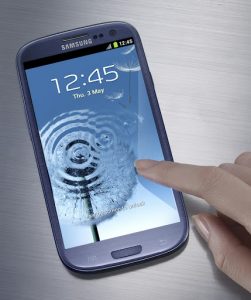 Leading Android smartphone maker Samsung on Thursday announced the latest installment in its
Leading Android smartphone maker Samsung on Thursday announced the latest installment in its 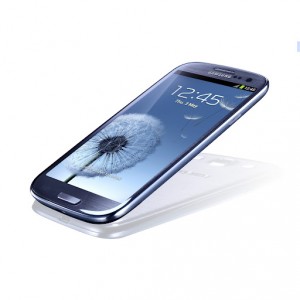
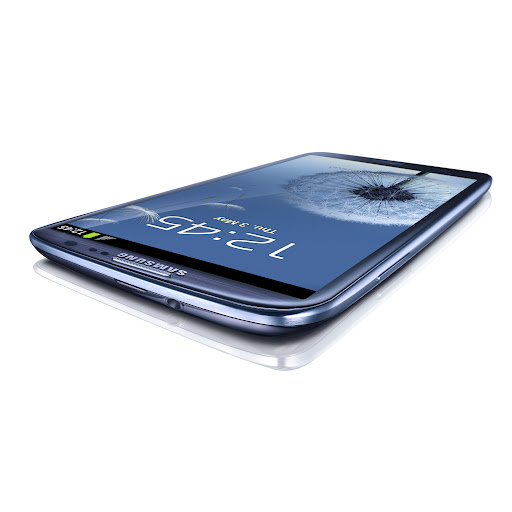
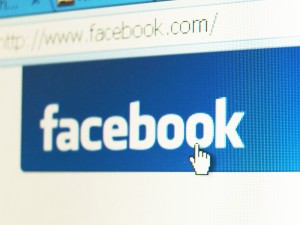 About 13 million Facebook users in the United States either do not use or do not know about the social network's privacy controls, sharing private information they would not have otherwise. This amounts to one out of every 10 users in the country.
About 13 million Facebook users in the United States either do not use or do not know about the social network's privacy controls, sharing private information they would not have otherwise. This amounts to one out of every 10 users in the country. In a blog post on Wednesday, President of Microsoft's Windows division Steven Sinofsky
In a blog post on Wednesday, President of Microsoft's Windows division Steven Sinofsky 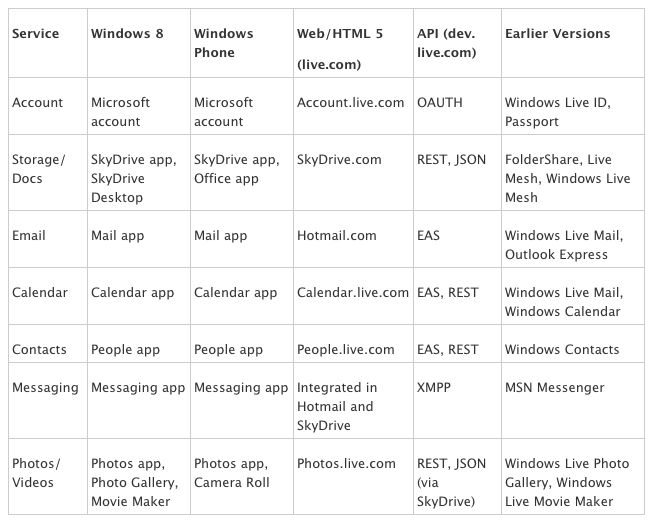
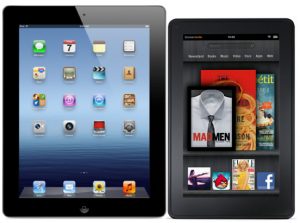 Yesterday, colleague Ed Oswald gave
Yesterday, colleague Ed Oswald gave  The PDF format is commonly used to deliver documents online, and people increasingly discover that there is no need to use a bloated piece of software such as Adobe Reader to open them.
The PDF format is commonly used to deliver documents online, and people increasingly discover that there is no need to use a bloated piece of software such as Adobe Reader to open them. 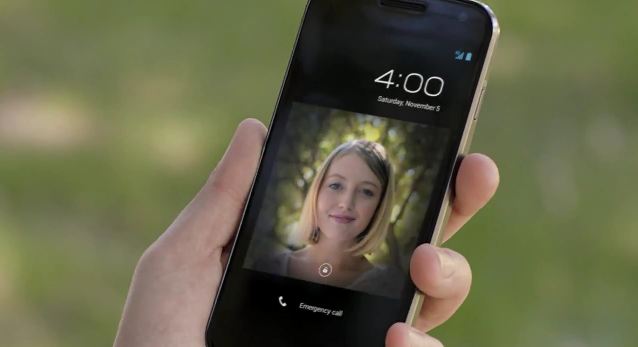
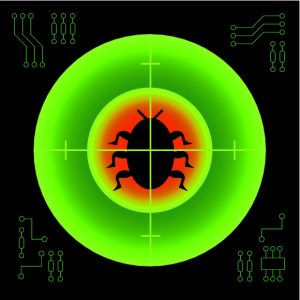 Check Point Software Technologies has released
Check Point Software Technologies has released 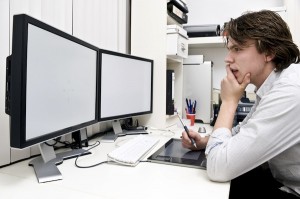 Working with multiple monitors is a great way to improve productivity, but it is a completely different way of working that can take a little getting used to.
Working with multiple monitors is a great way to improve productivity, but it is a completely different way of working that can take a little getting used to. 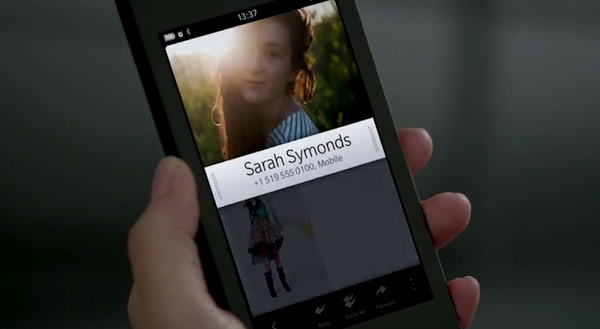
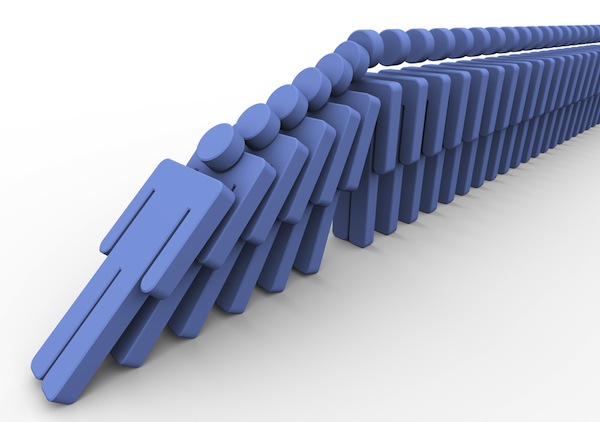
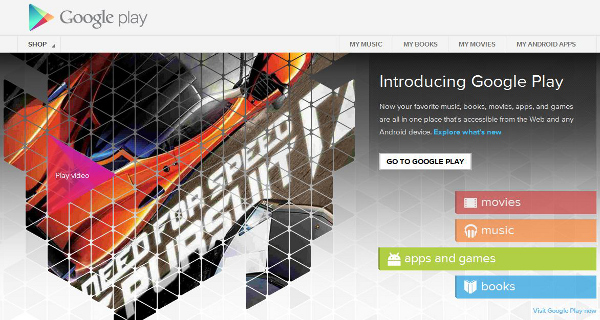
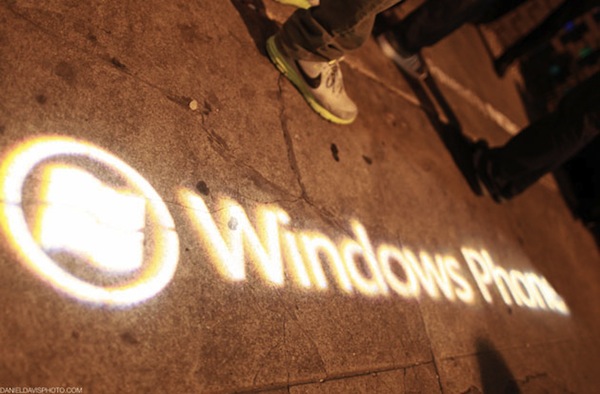
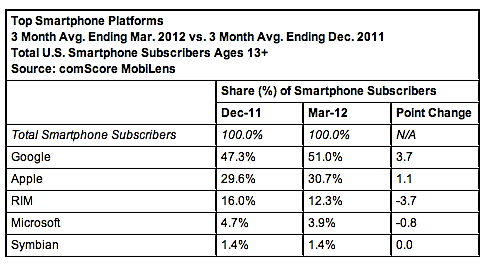
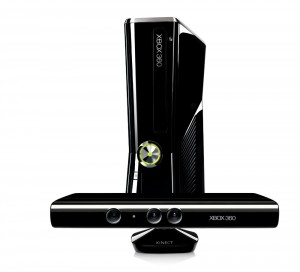
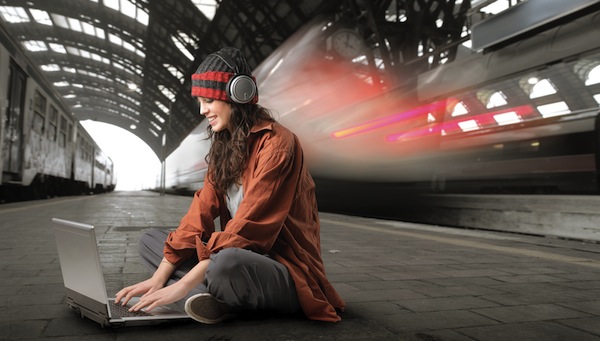

 Whether your PC is slow, unstable, or perhaps infected by malware, checking your system’s kernel mode drivers is often a good place to begin diagnosing your problems. And you don’t have to install any third-party software to get started: just running MSINFO32 and browsing to Software Environment > System Drivers will give you a basic view of what’s currently installed.
Whether your PC is slow, unstable, or perhaps infected by malware, checking your system’s kernel mode drivers is often a good place to begin diagnosing your problems. And you don’t have to install any third-party software to get started: just running MSINFO32 and browsing to Software Environment > System Drivers will give you a basic view of what’s currently installed.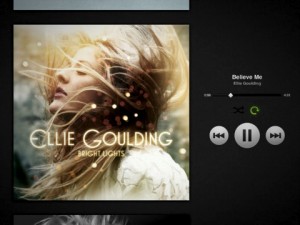 Fans of Spotify need no longer endure a blown up app designed for the smaller screen of the iPhone, thanks to the release of a dedicate iPad version of the app, today.
Fans of Spotify need no longer endure a blown up app designed for the smaller screen of the iPhone, thanks to the release of a dedicate iPad version of the app, today. 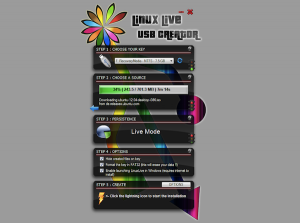 At first glance
At first glance 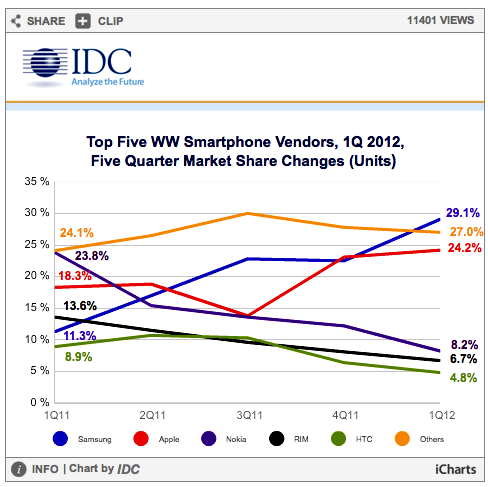
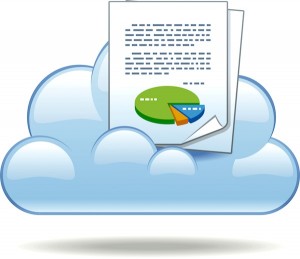 If you ever viewed a document on Dropbox, LinkedIn, or Yammer, you have already used
If you ever viewed a document on Dropbox, LinkedIn, or Yammer, you have already used 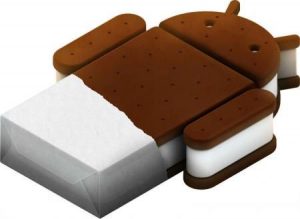 I don't know how cellular carriers or device makers could move any slower serving Ice Cream Sandwich to their customers. Still, someone is making progress, seven months after Google formally unveiled the OS and six after the first device with it shipped. Android 4.0 share jumped dramatically from mid March to mid April, granted from a small base. It's about time.
I don't know how cellular carriers or device makers could move any slower serving Ice Cream Sandwich to their customers. Still, someone is making progress, seven months after Google formally unveiled the OS and six after the first device with it shipped. Android 4.0 share jumped dramatically from mid March to mid April, granted from a small base. It's about time.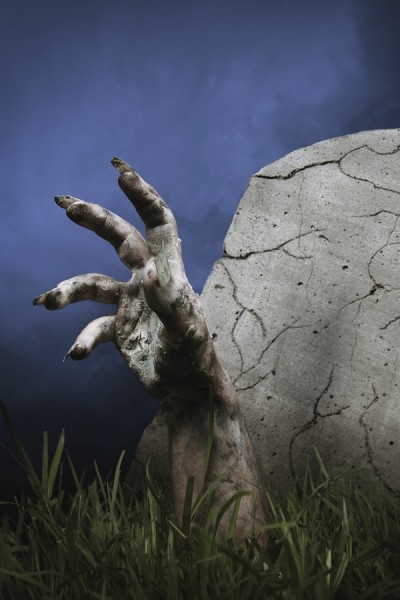 What seemingly started as a fluke, suddenly is a trend. In April, Internet Explorer gained usage share for the fourth consecutive month, reversing a long, steady decline. That's the view presented by April browser usage data Net Applications released today. IE share rose to 54.09 percent -- that's up from 53.83 percent in March and 51.87 percent in December. The question: Are these gains sustainable? Can IE rise up, after loosing more than 40 points of share over 7 years?
What seemingly started as a fluke, suddenly is a trend. In April, Internet Explorer gained usage share for the fourth consecutive month, reversing a long, steady decline. That's the view presented by April browser usage data Net Applications released today. IE share rose to 54.09 percent -- that's up from 53.83 percent in March and 51.87 percent in December. The question: Are these gains sustainable? Can IE rise up, after loosing more than 40 points of share over 7 years?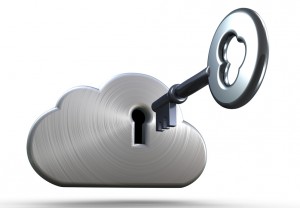 Just how secure is the data you’ve backed up online? Most cloud-based backup providers promise to encrypt your data before it’s uploaded to their servers, but a handful perform the encryption after the data’s been uploaded, which means they possess the key required to unlock your data and potentially hand it over to anyone who comes asking (backed with the right warrant).
Just how secure is the data you’ve backed up online? Most cloud-based backup providers promise to encrypt your data before it’s uploaded to their servers, but a handful perform the encryption after the data’s been uploaded, which means they possess the key required to unlock your data and potentially hand it over to anyone who comes asking (backed with the right warrant).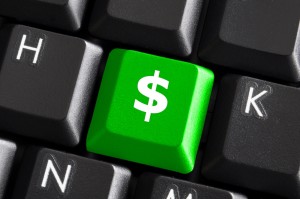 The attackers behind the
The attackers behind the 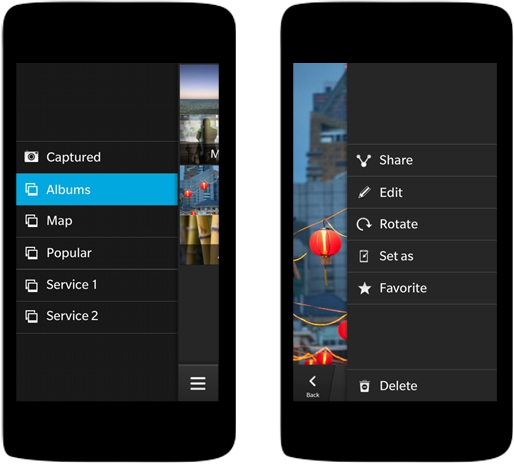
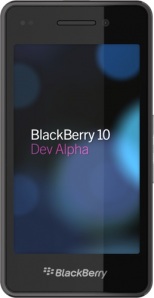
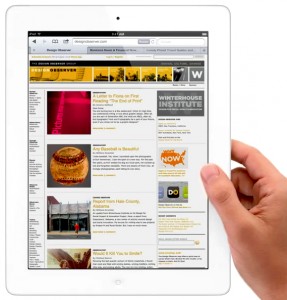 New iPad tipped the mobile web browsing balance, according to April data Net Applications released today. Apple's tablet now exceeds iPhone for browser usage share among mobile devices. That's 33.7 percent to 27.4 percent, after being neck and neck for the previous three months. iPad had nudged in front during February and March, but in April leapt ahead of iPhone.
New iPad tipped the mobile web browsing balance, according to April data Net Applications released today. Apple's tablet now exceeds iPhone for browser usage share among mobile devices. That's 33.7 percent to 27.4 percent, after being neck and neck for the previous three months. iPad had nudged in front during February and March, but in April leapt ahead of iPhone.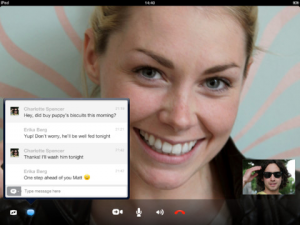 iOS users now have an updated VoIP app to work with following the release of
iOS users now have an updated VoIP app to work with following the release of 
 There's something really troubling about CISPA. While the Internet rallied against
There's something really troubling about CISPA. While the Internet rallied against 